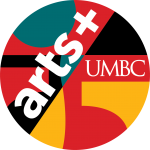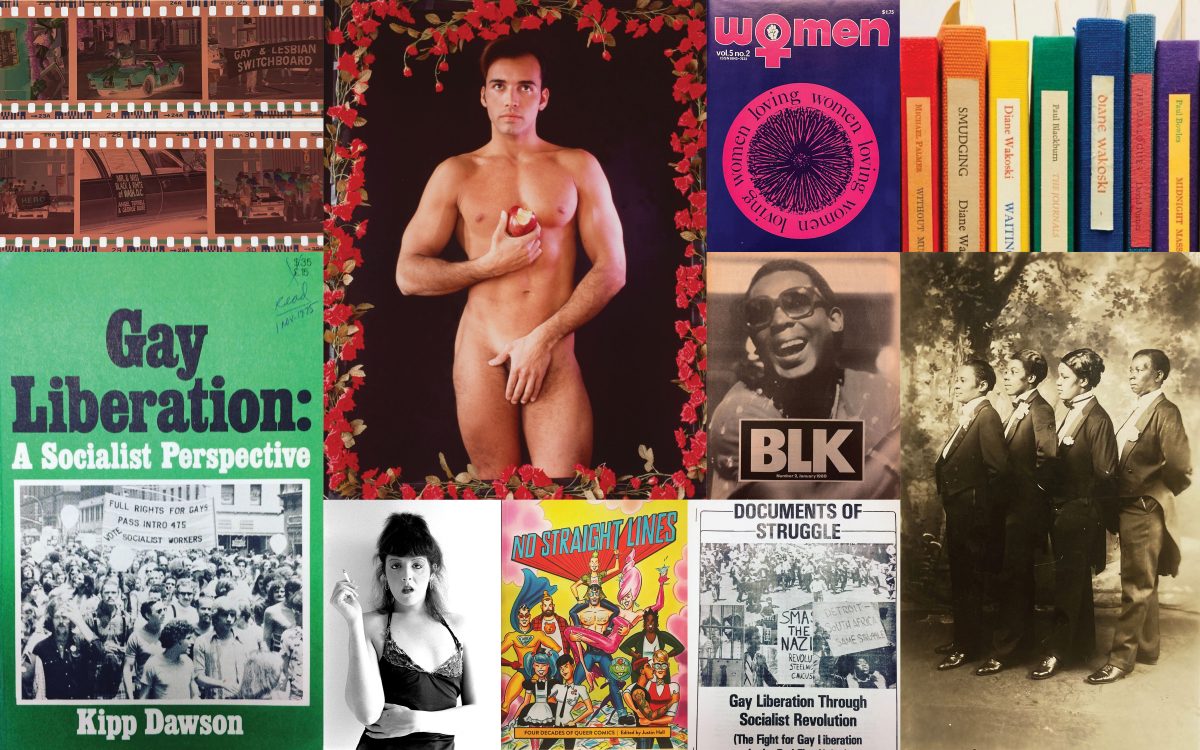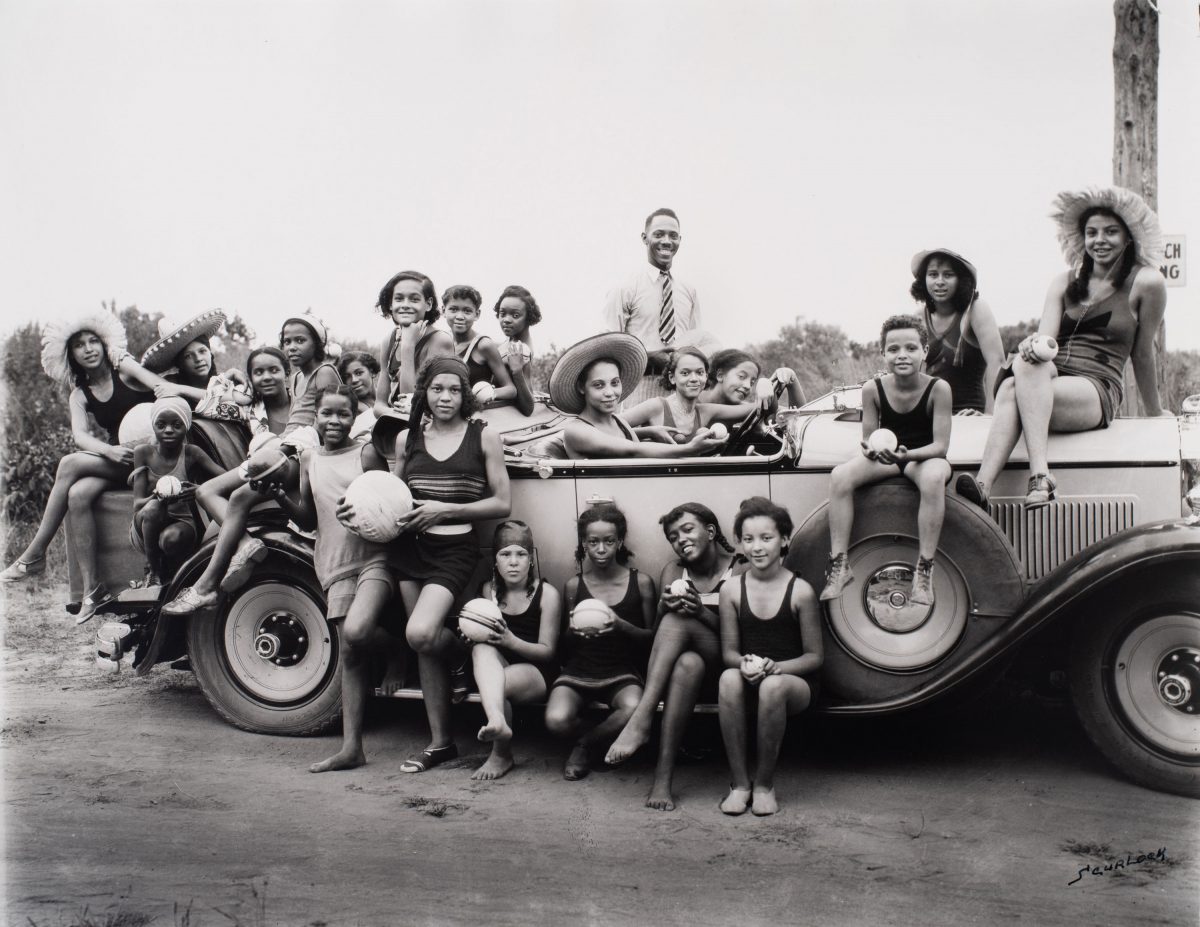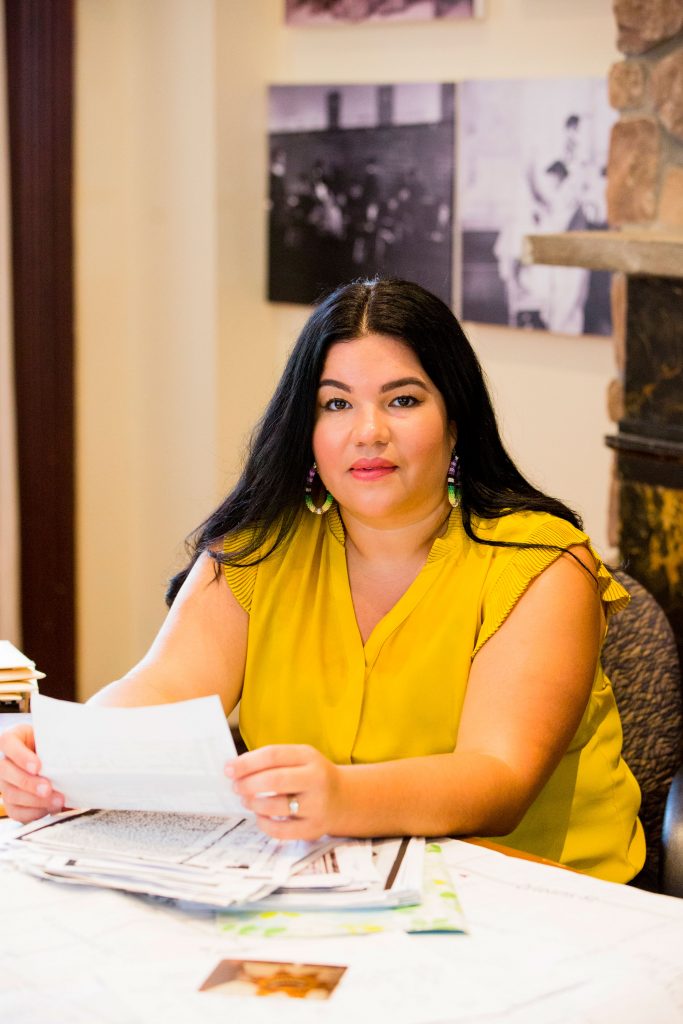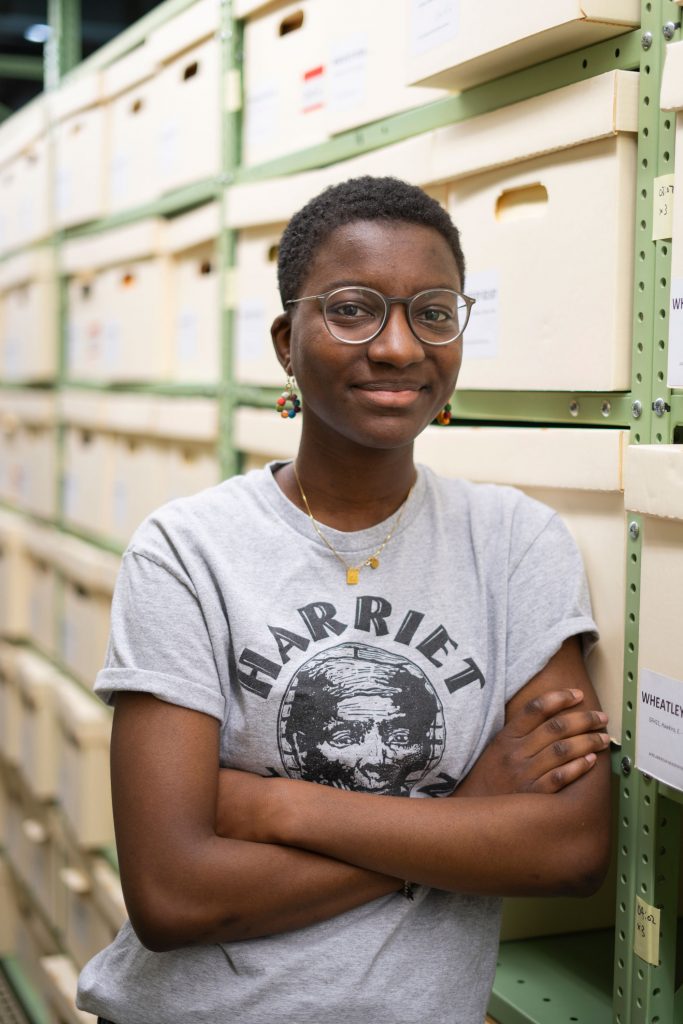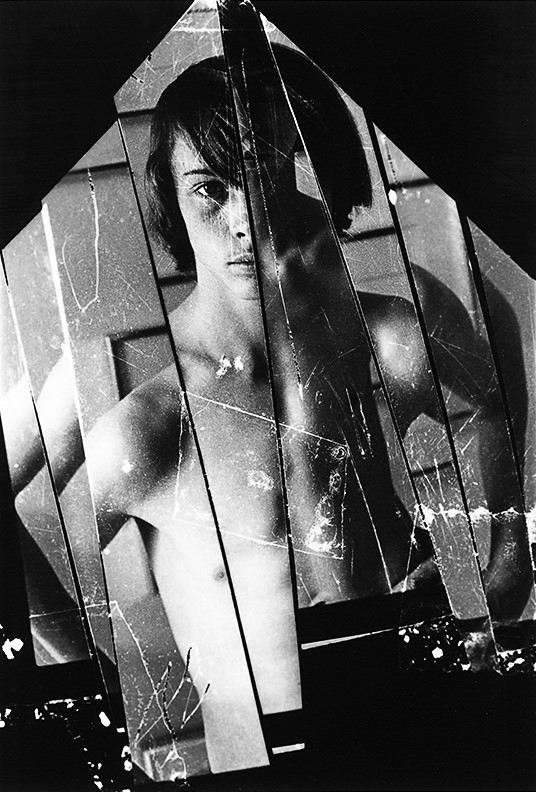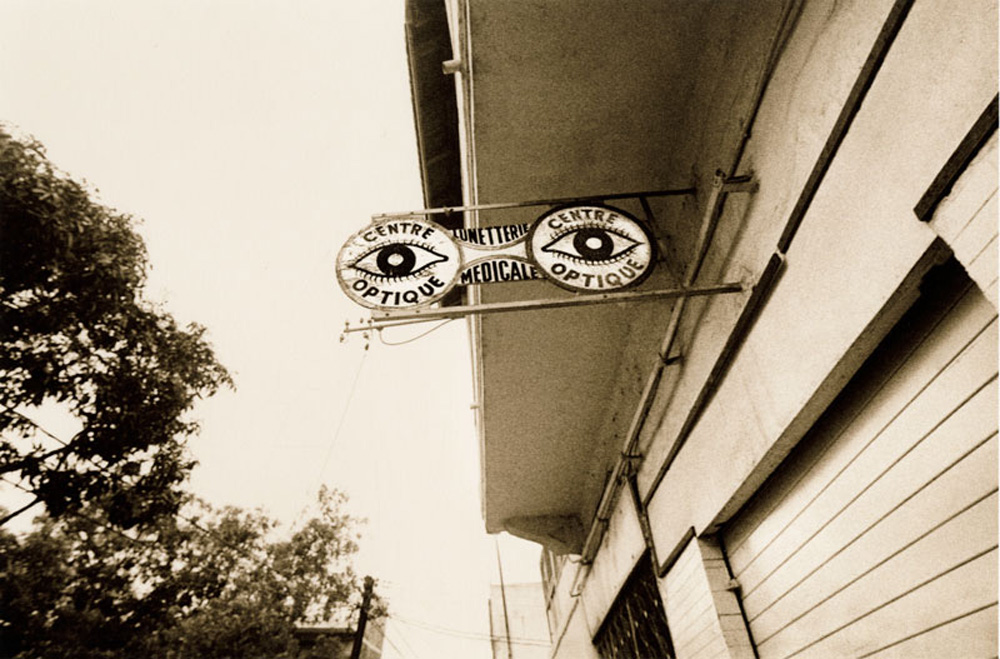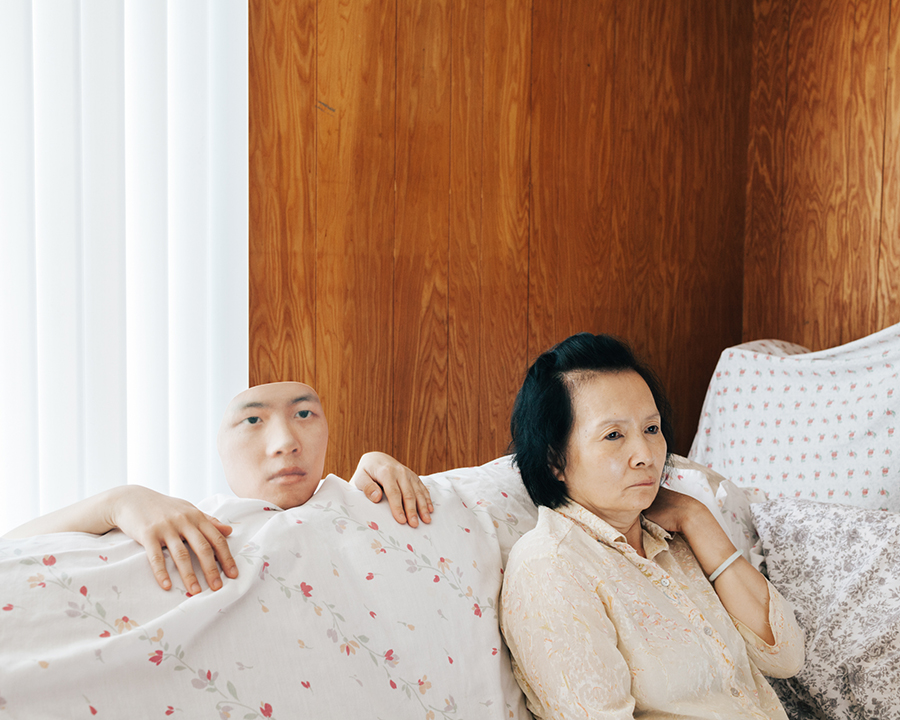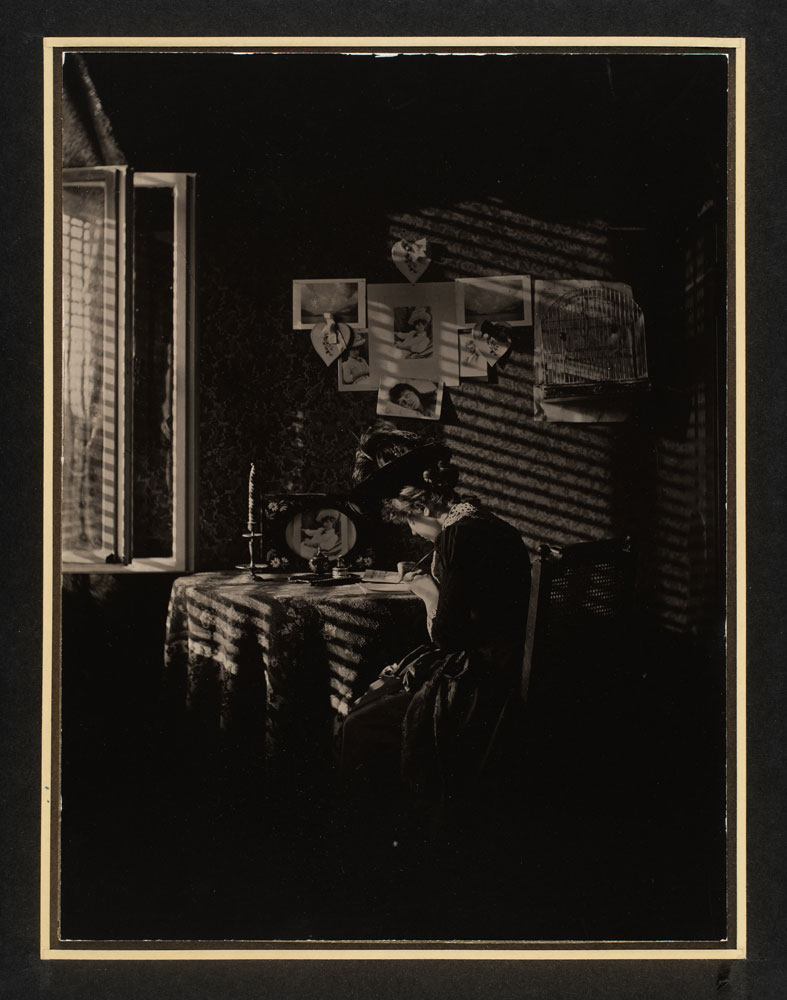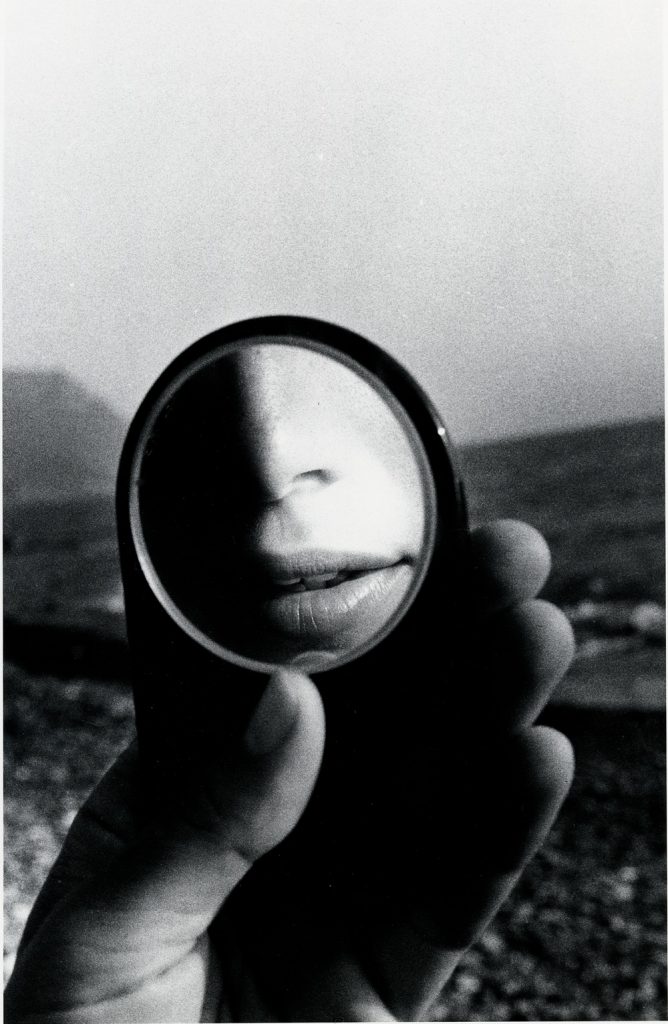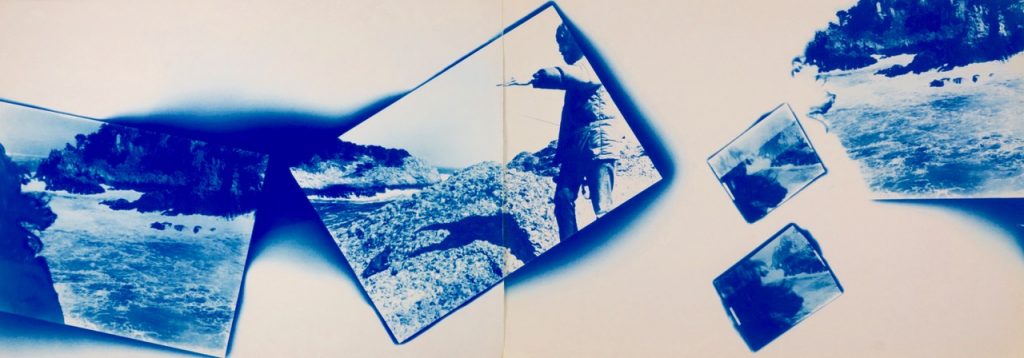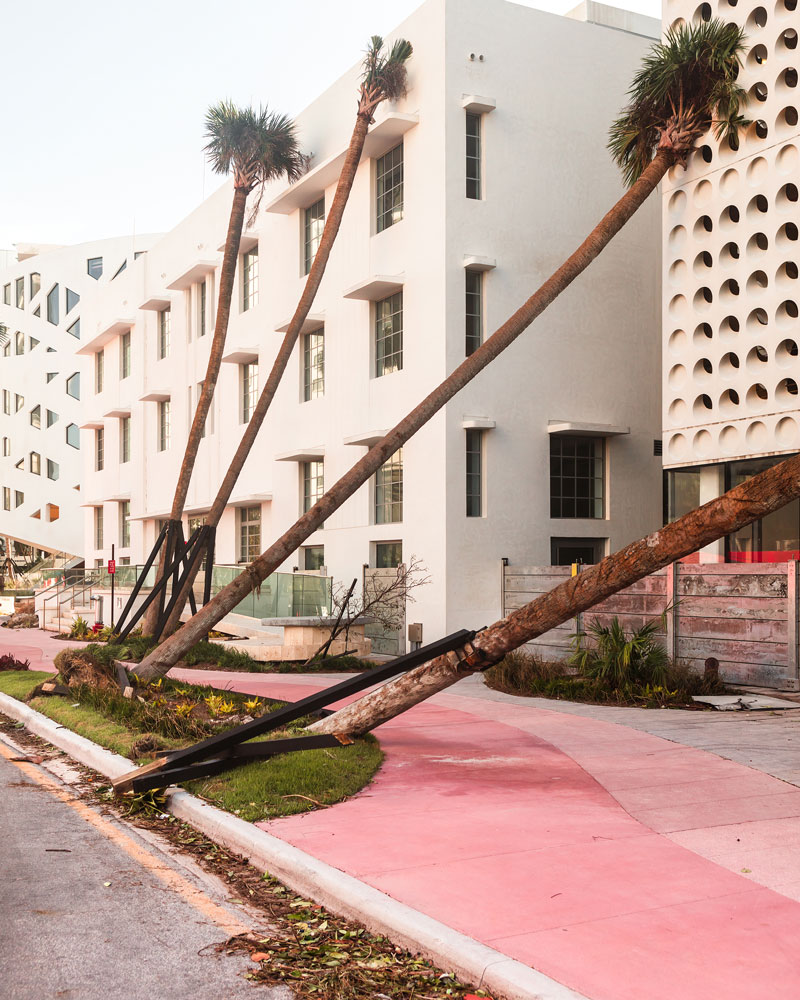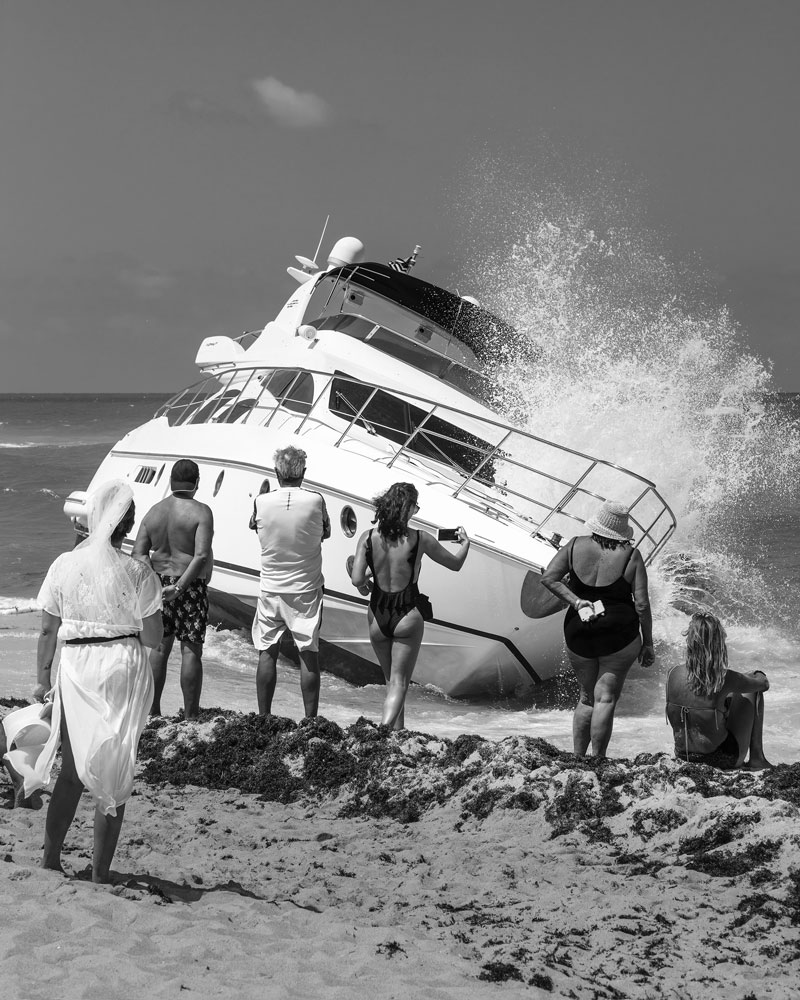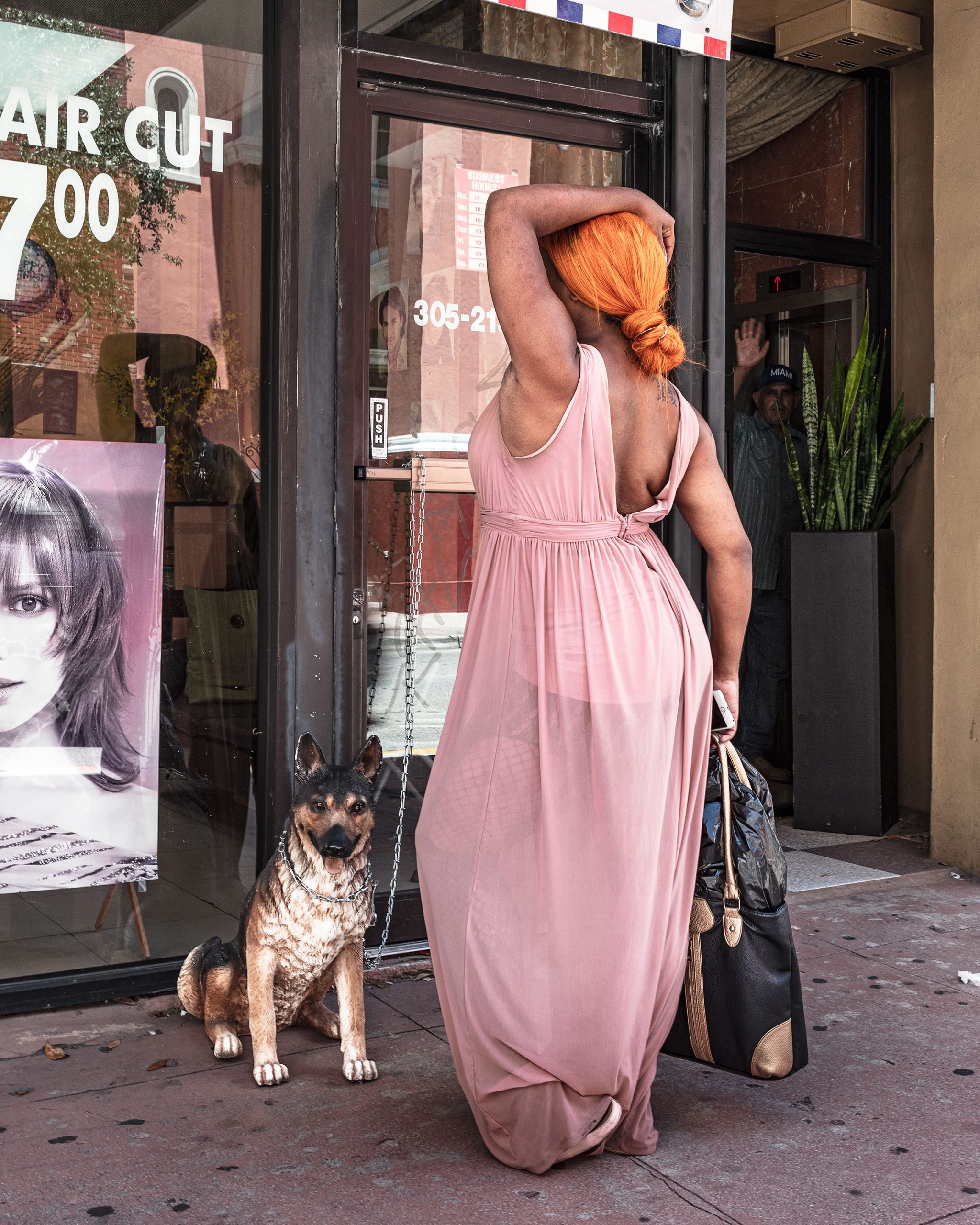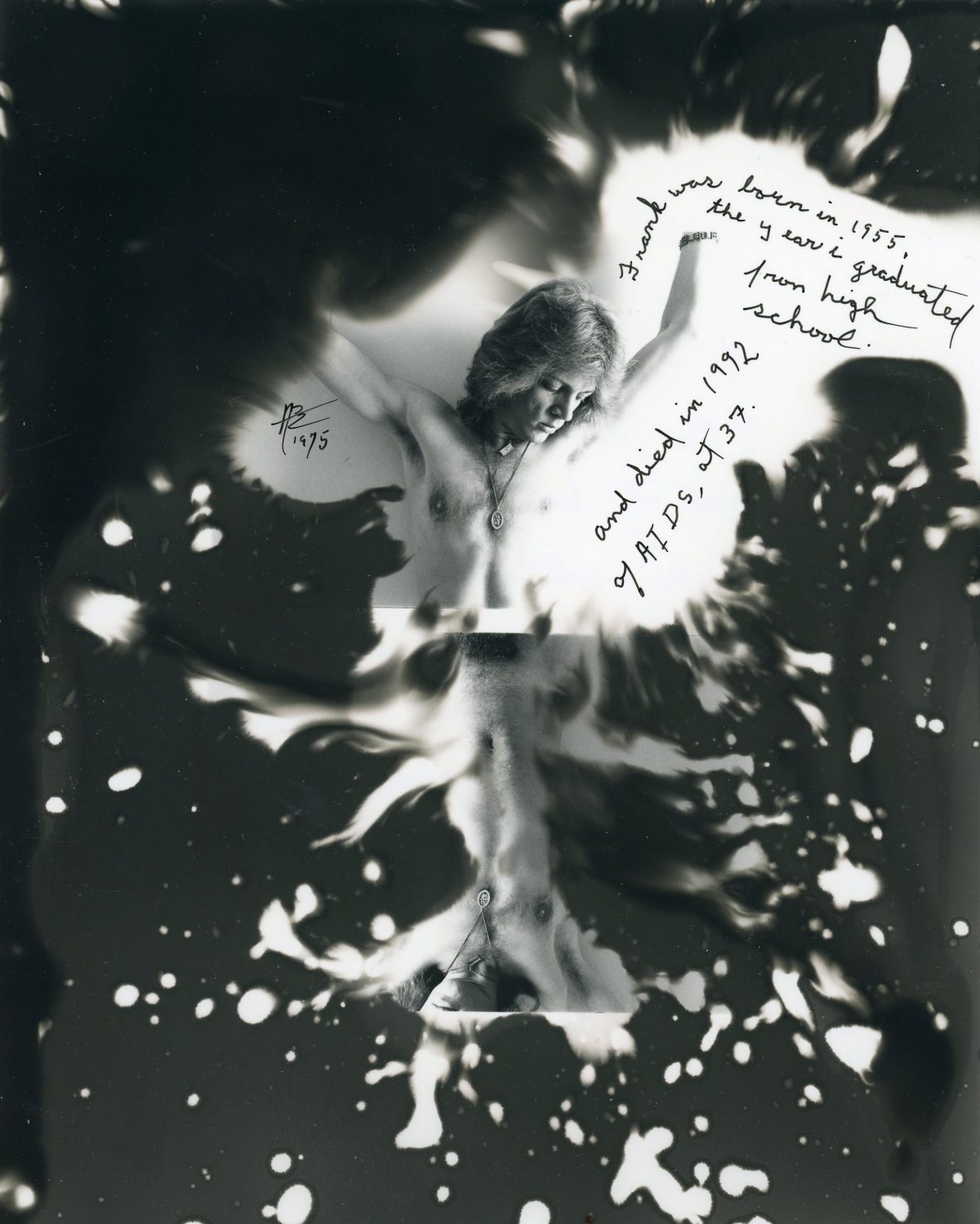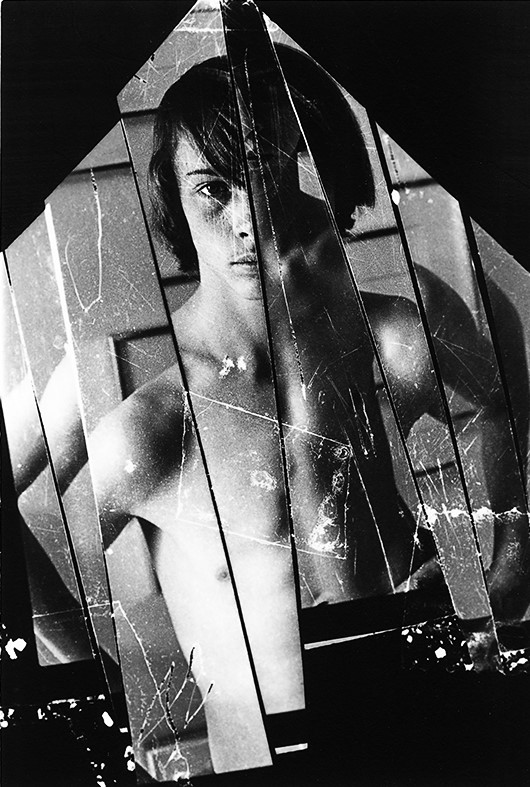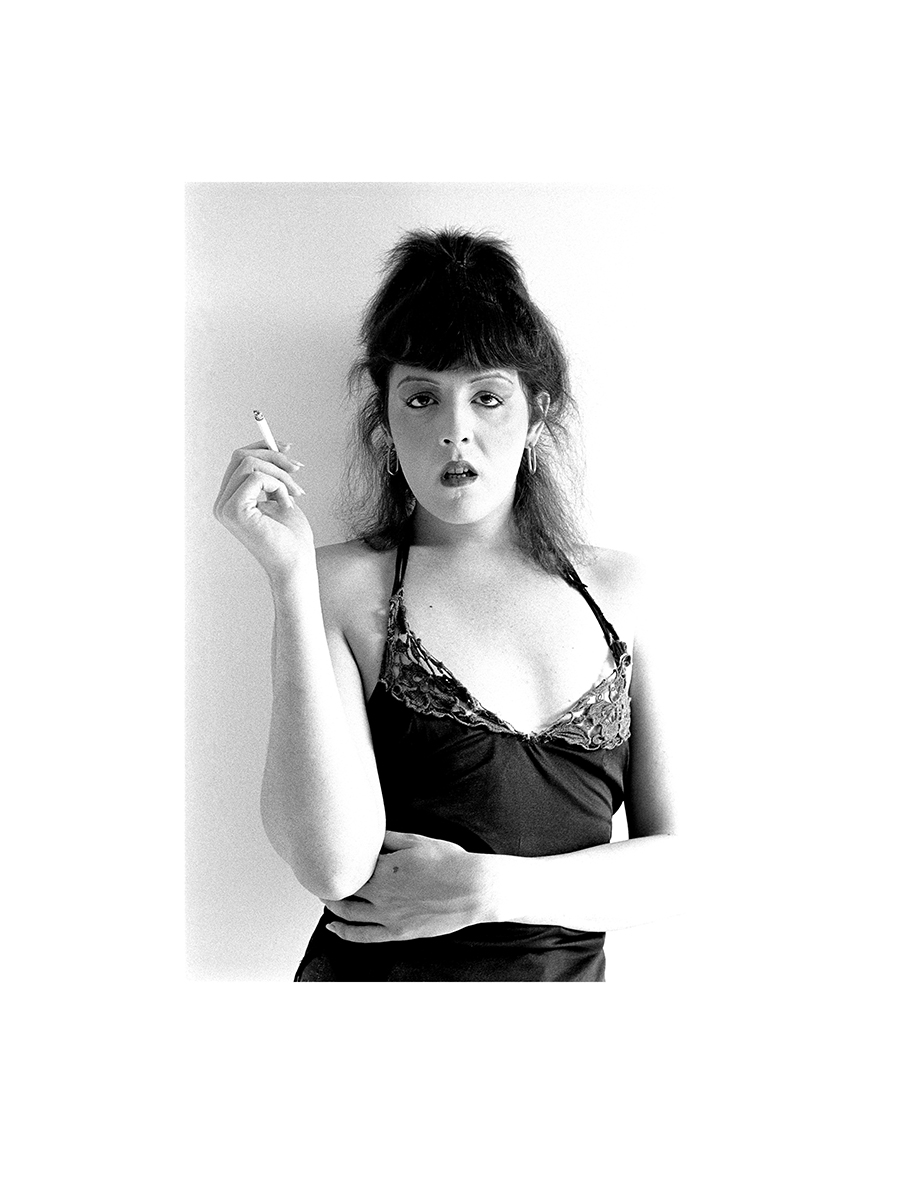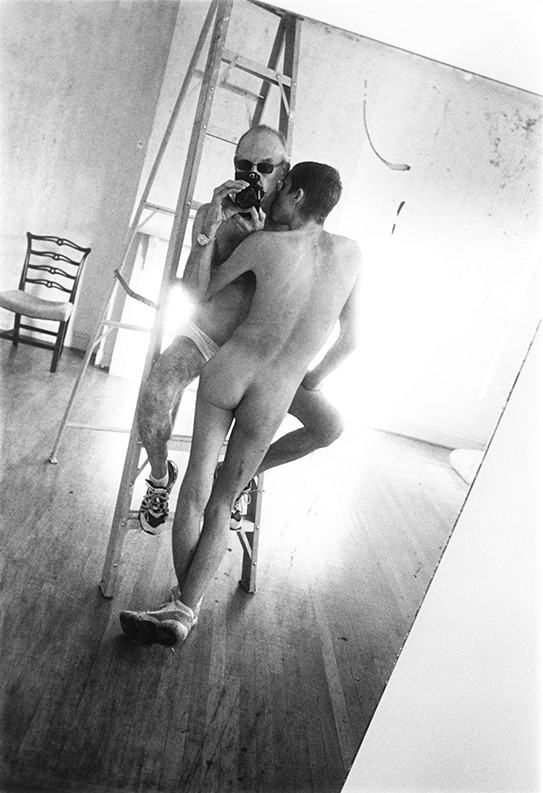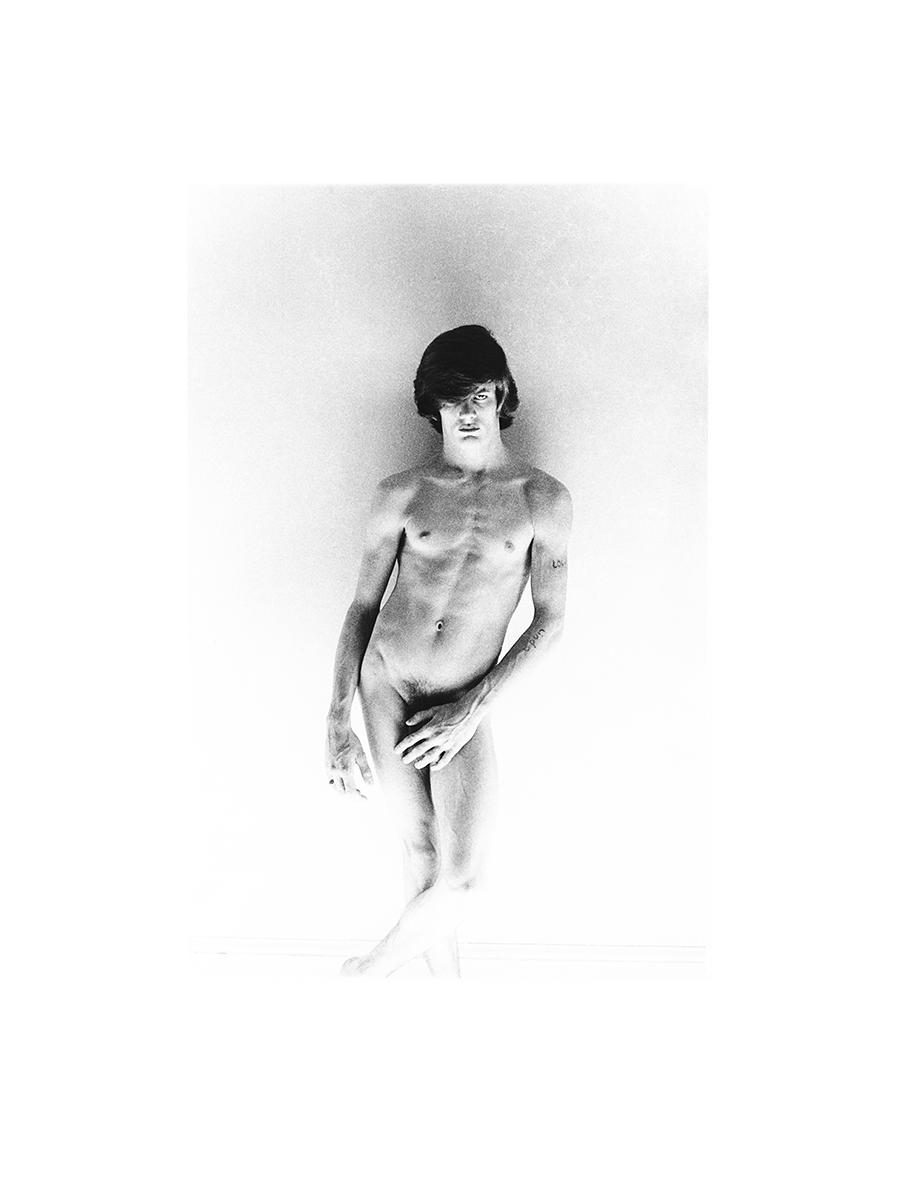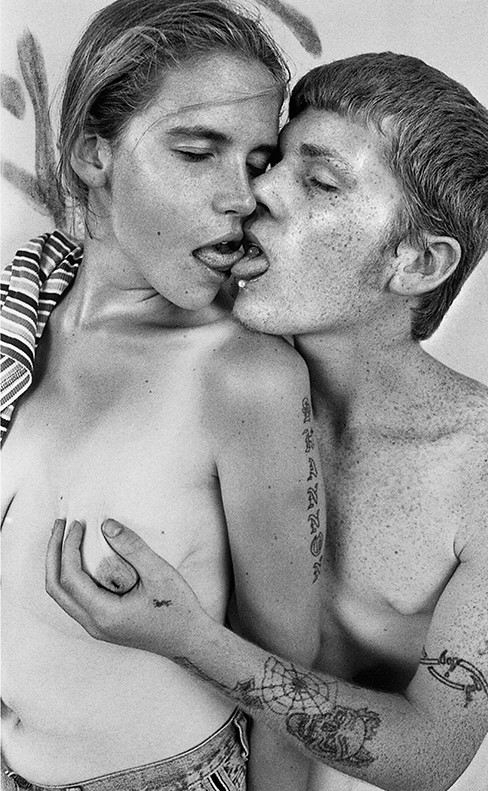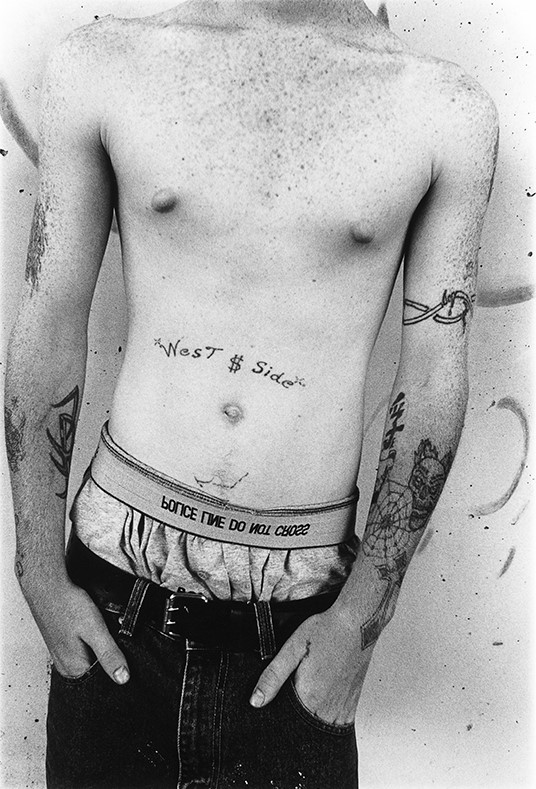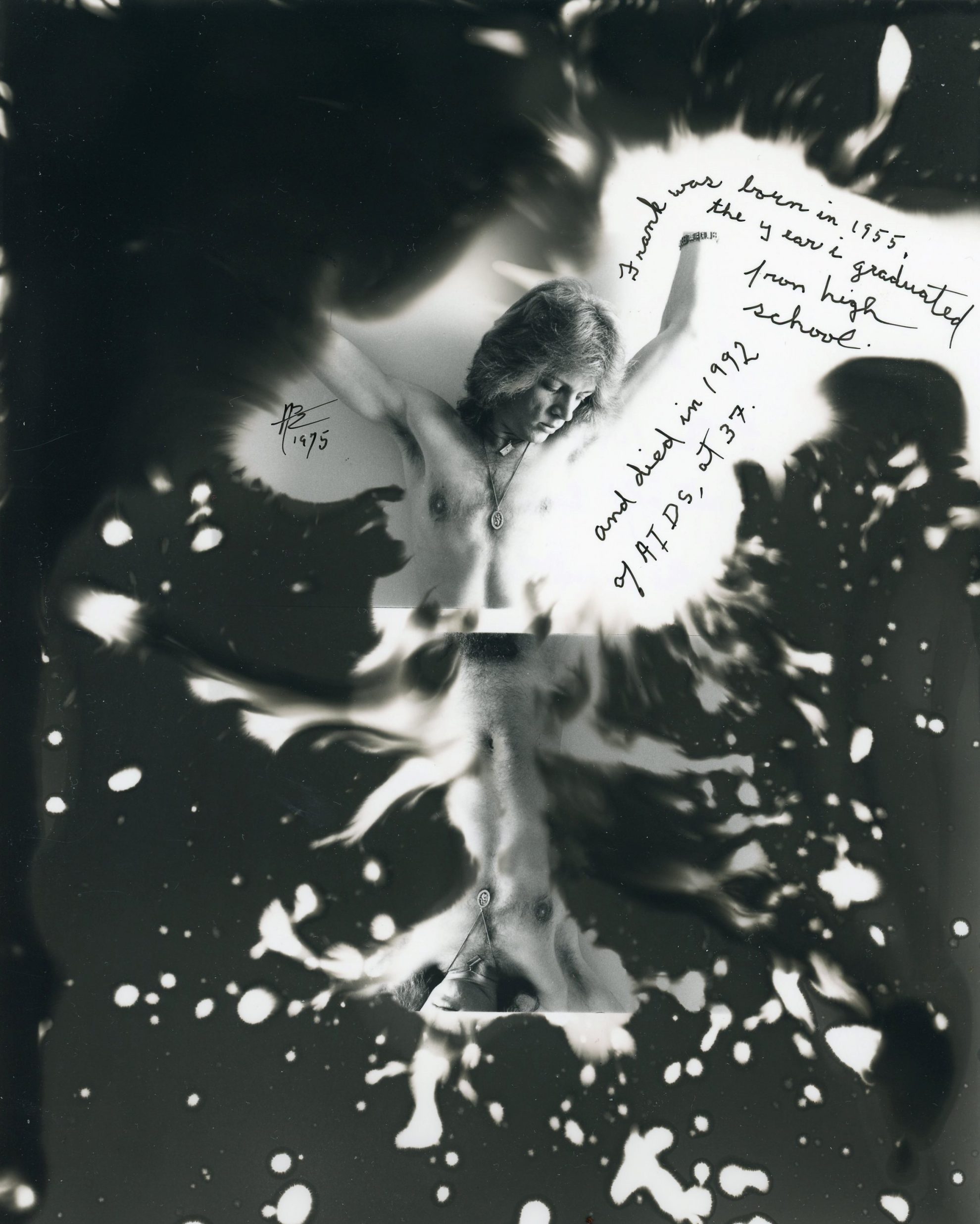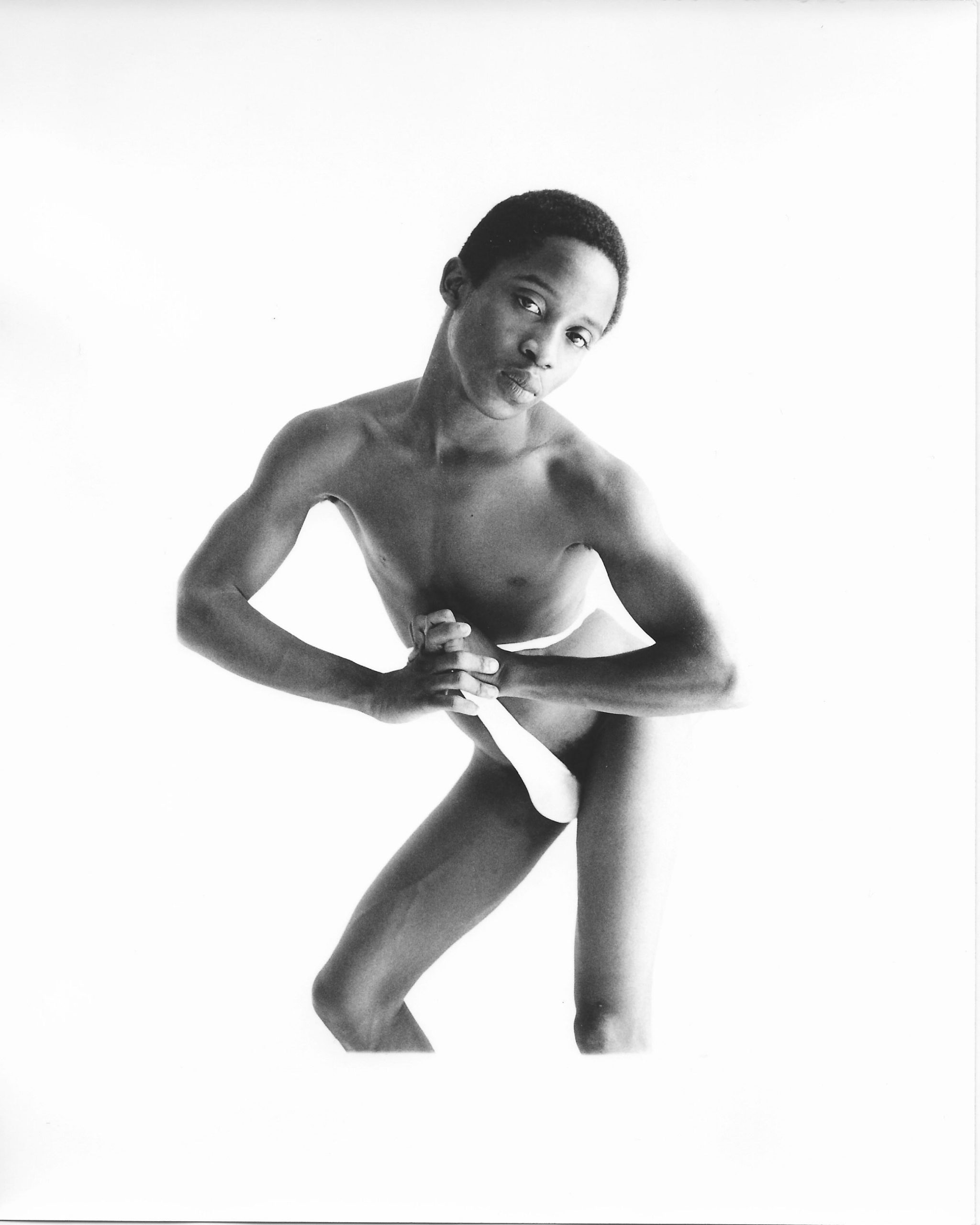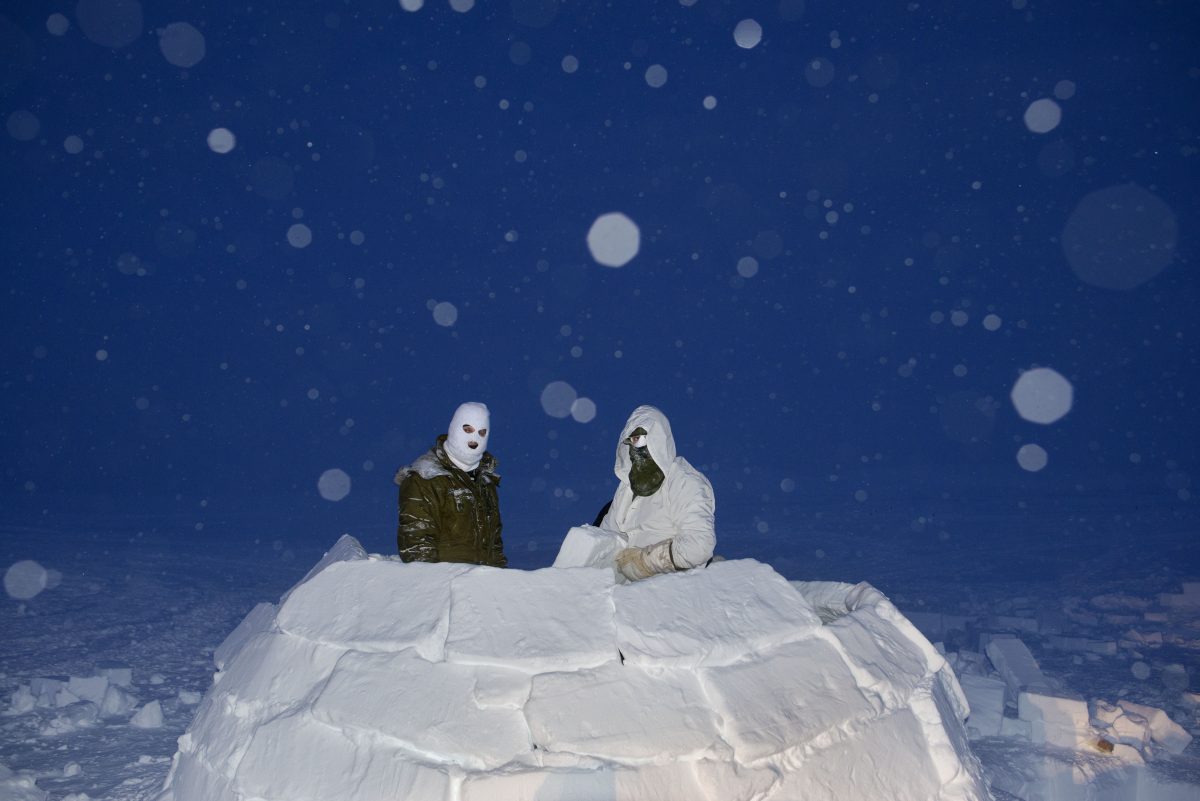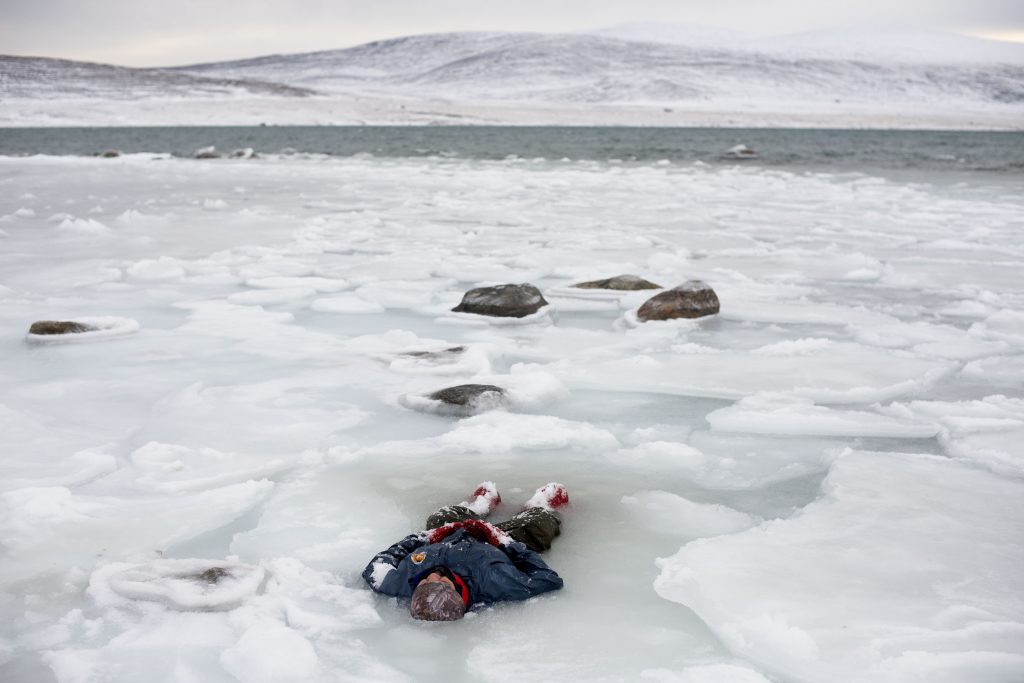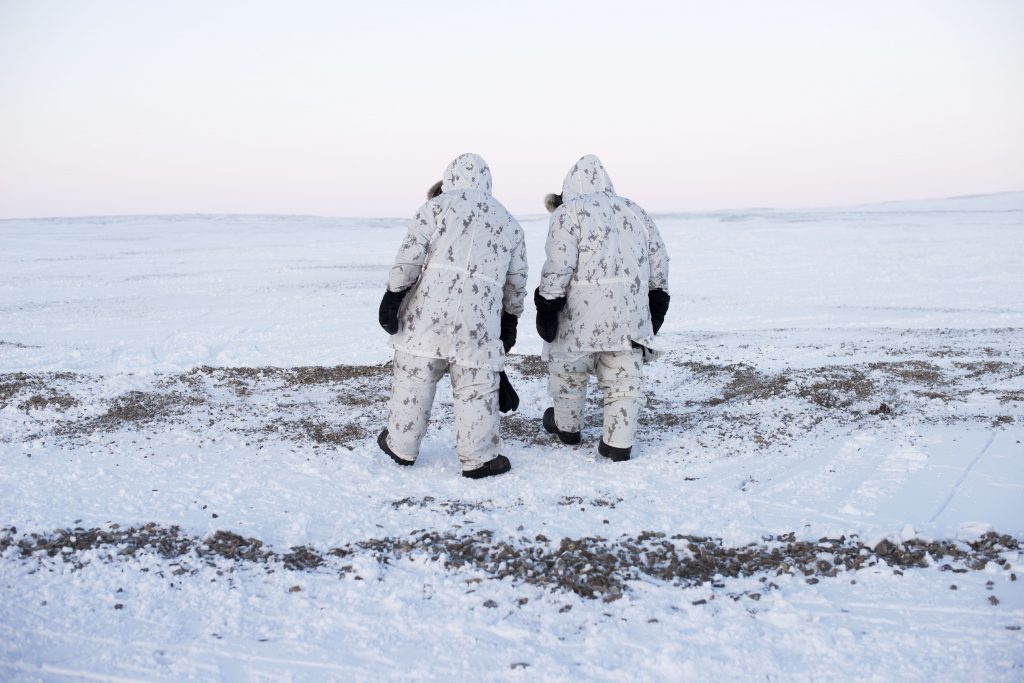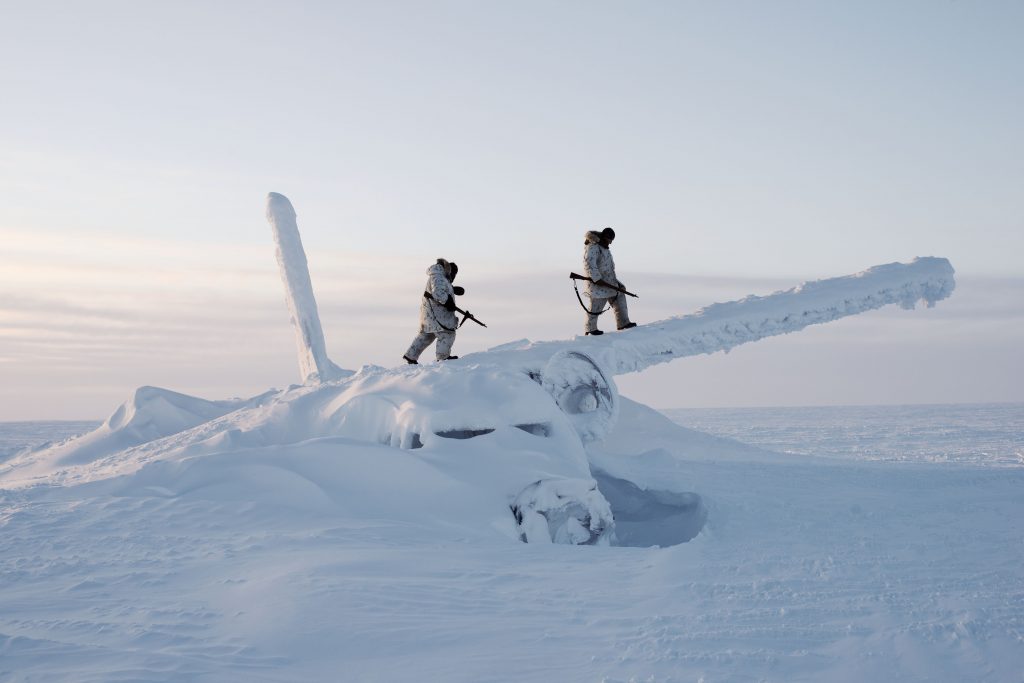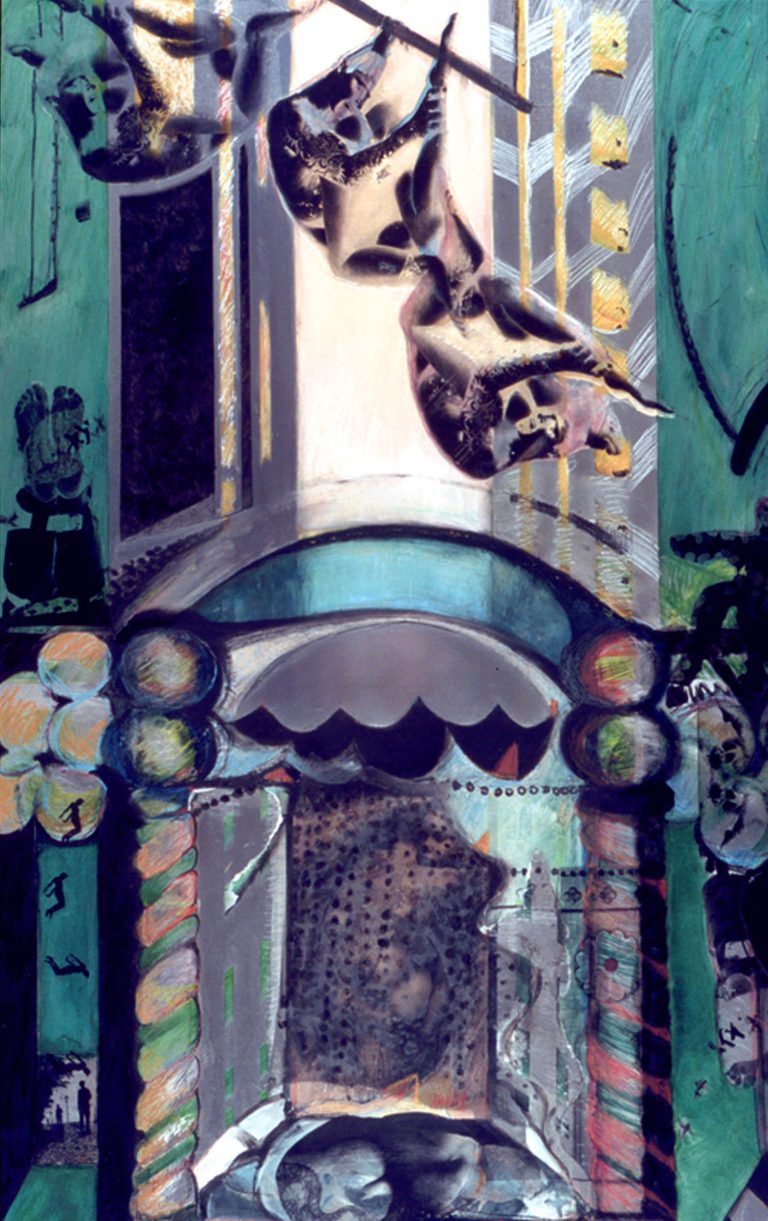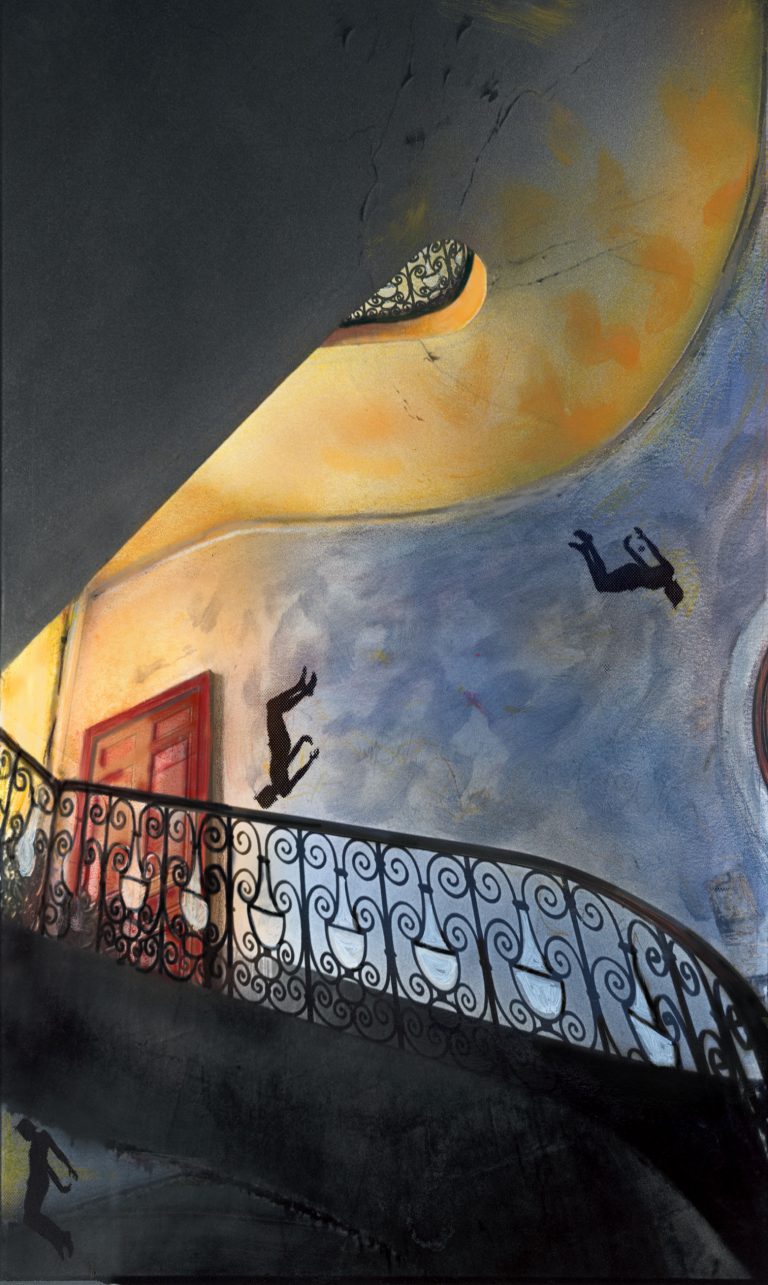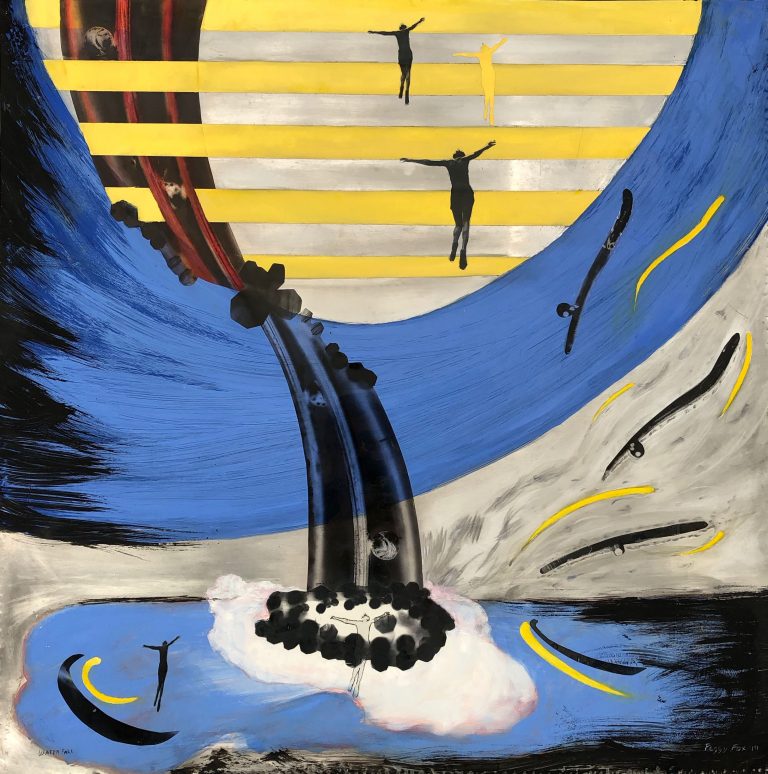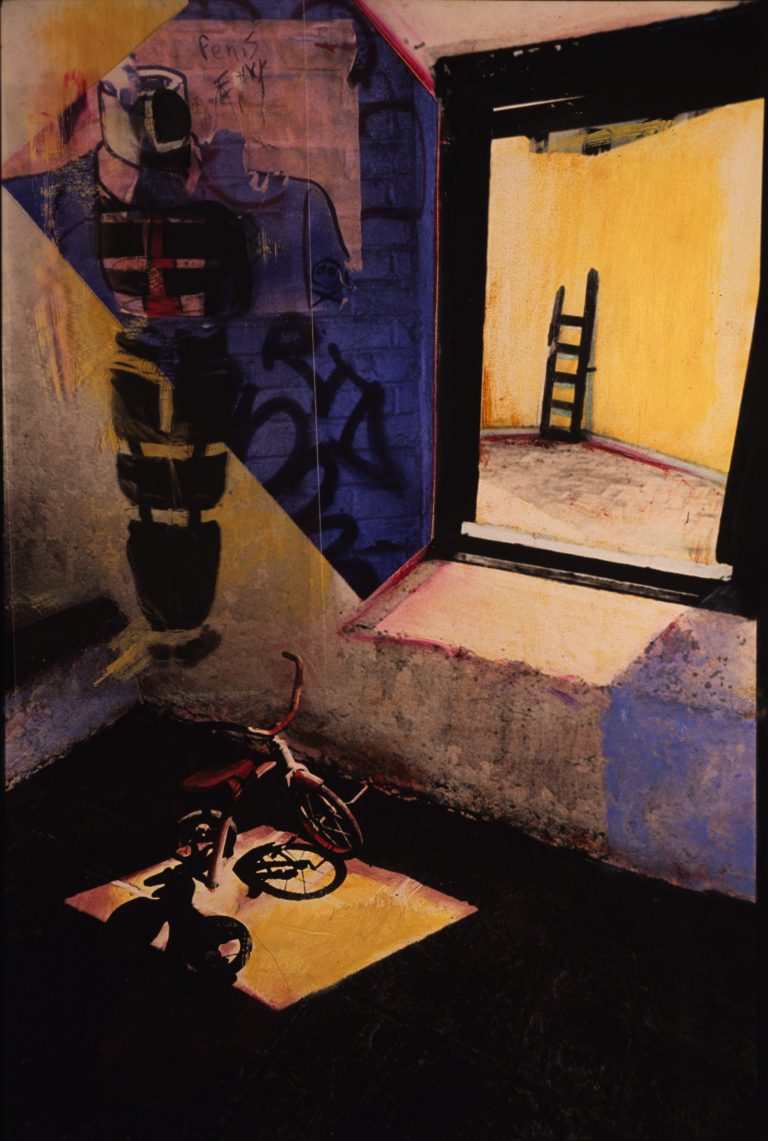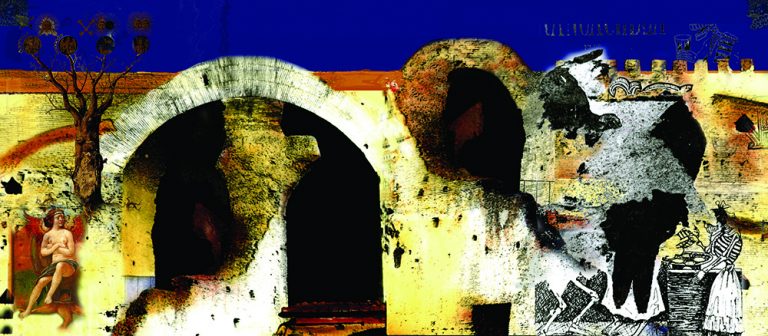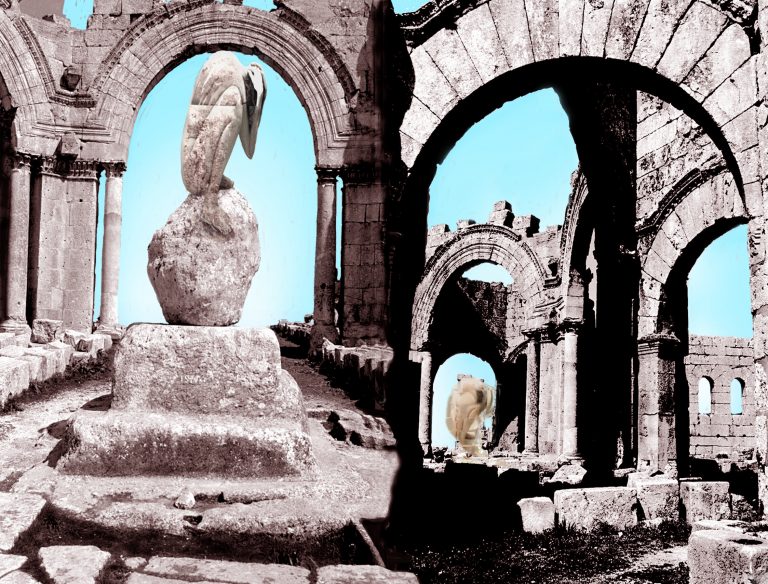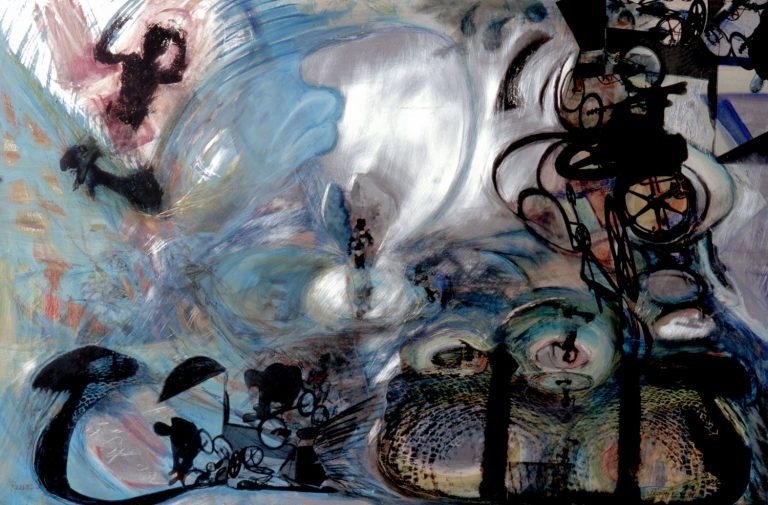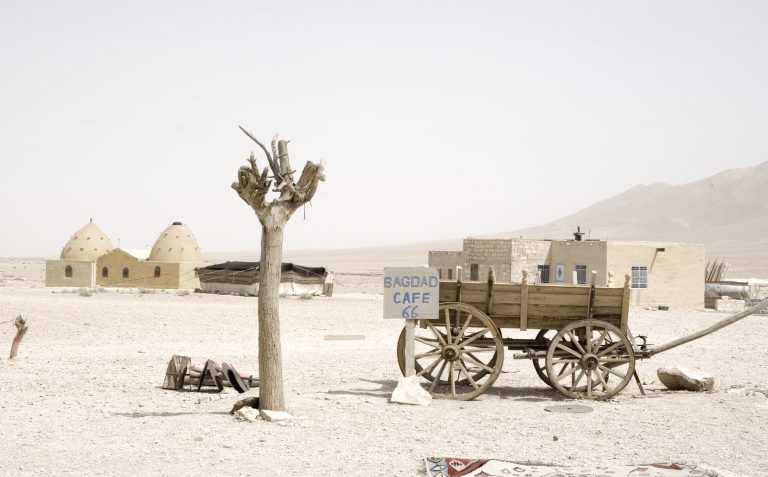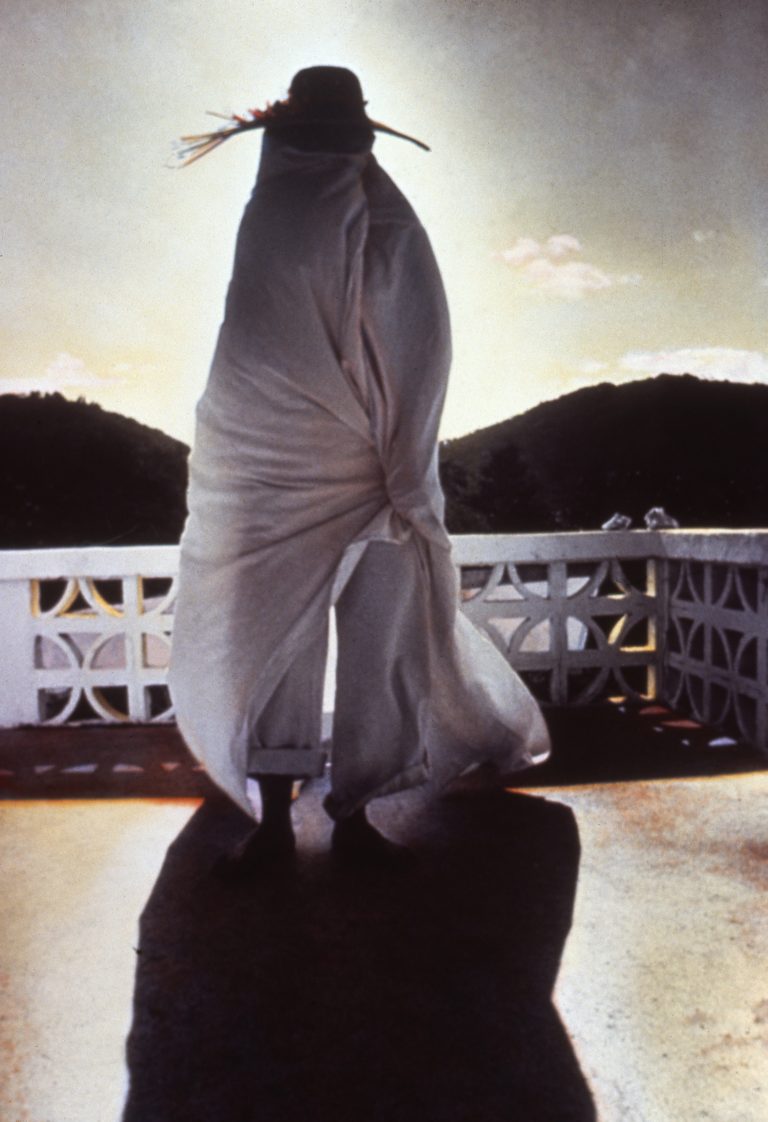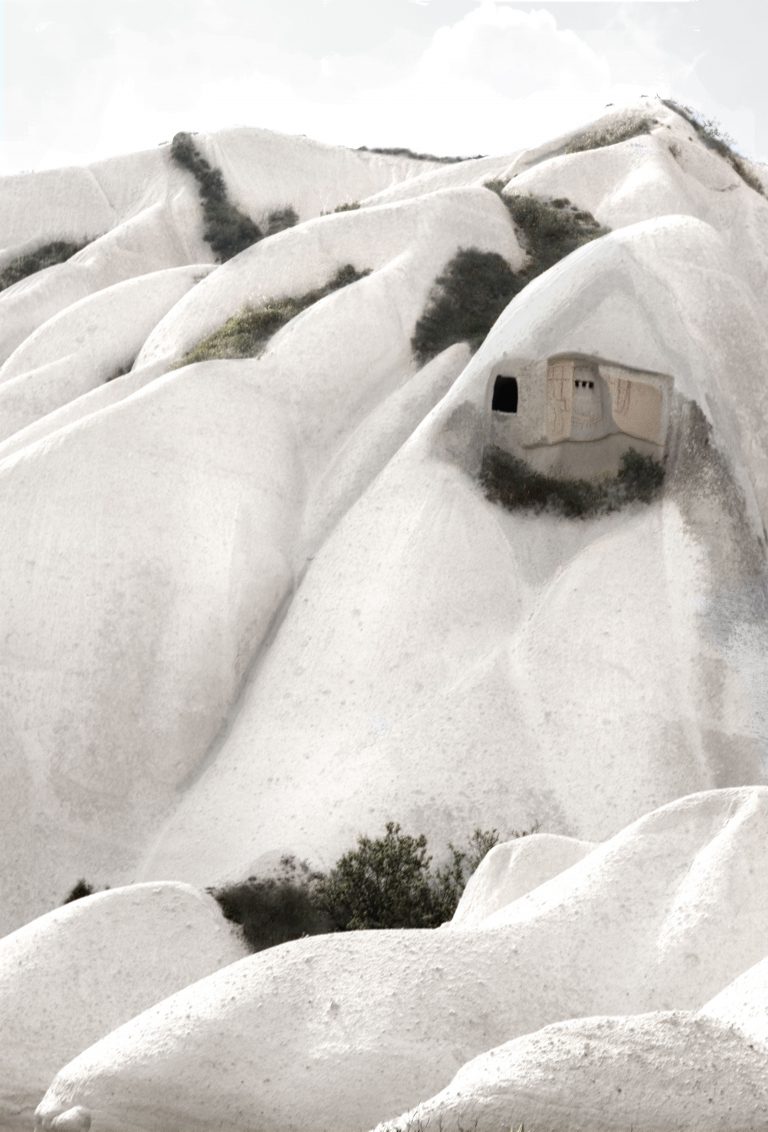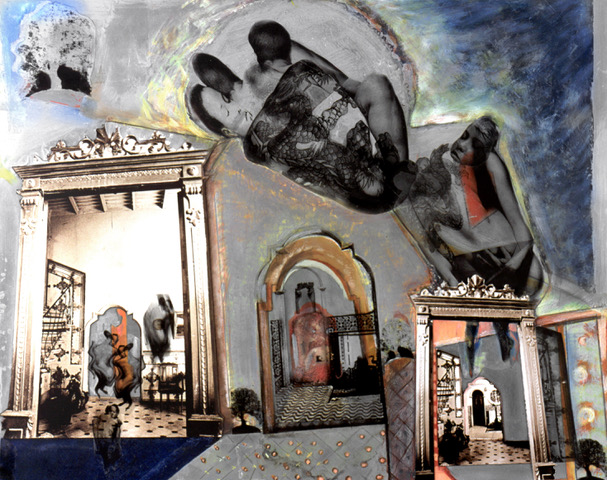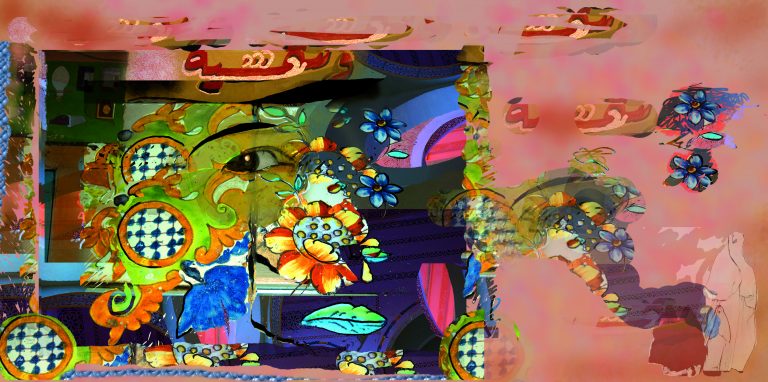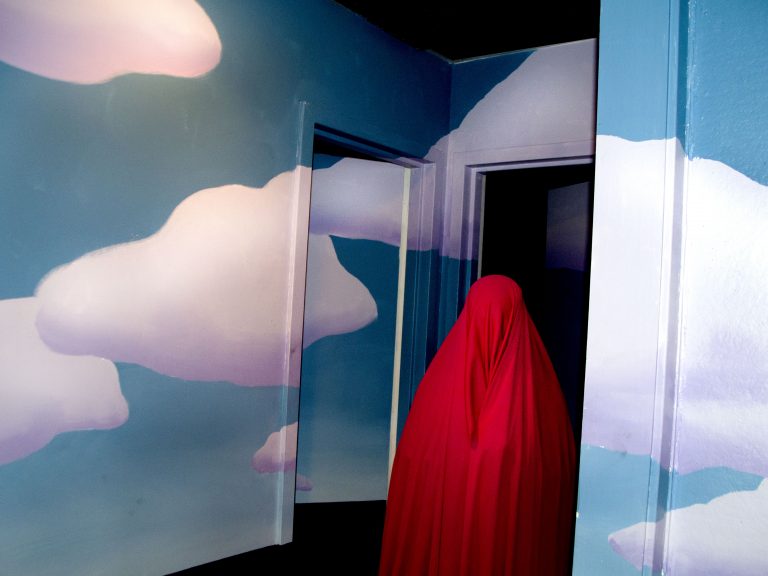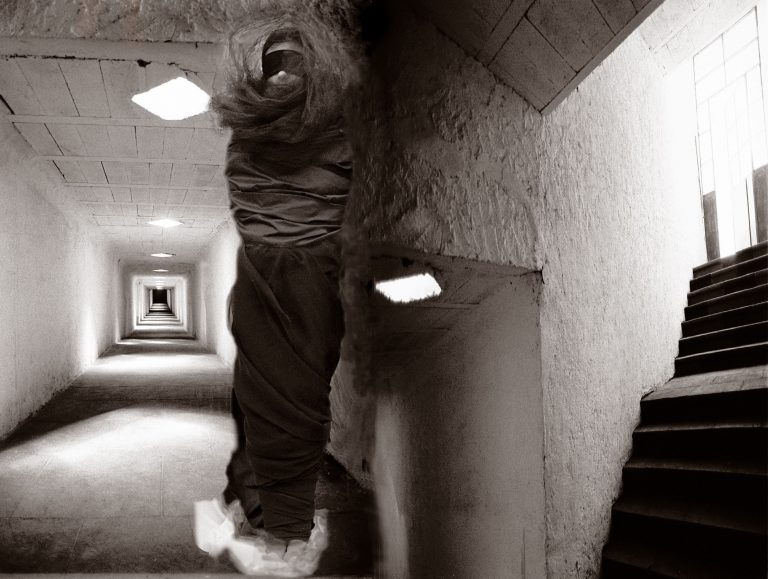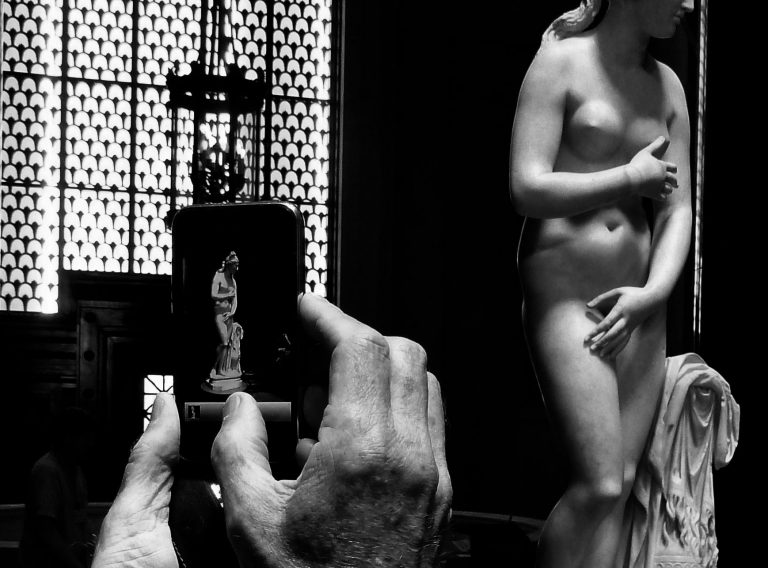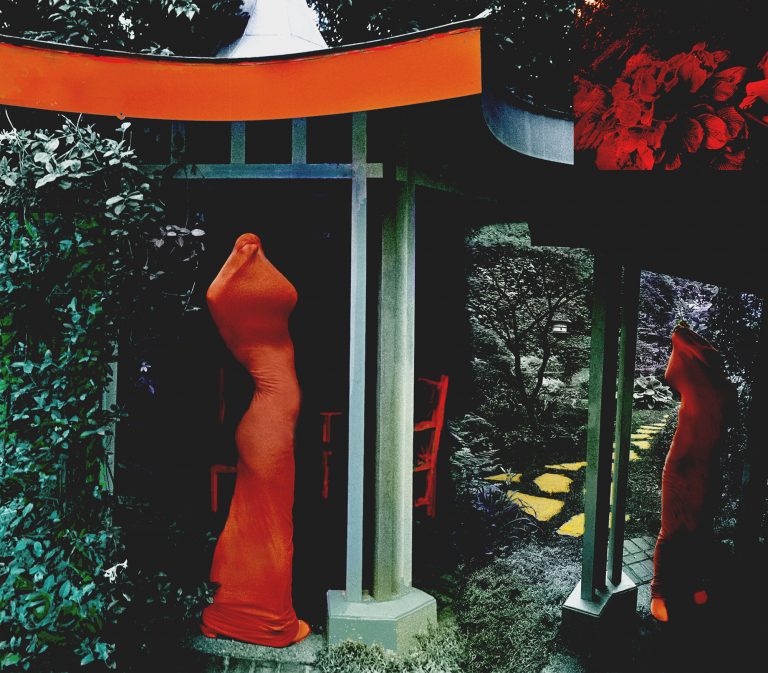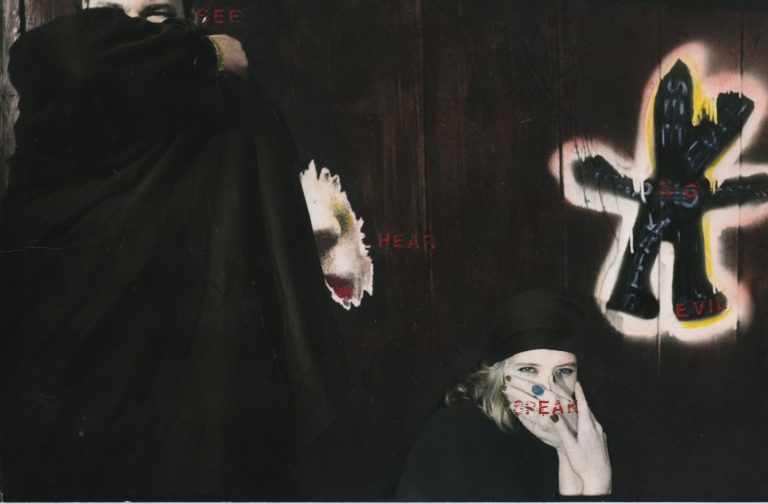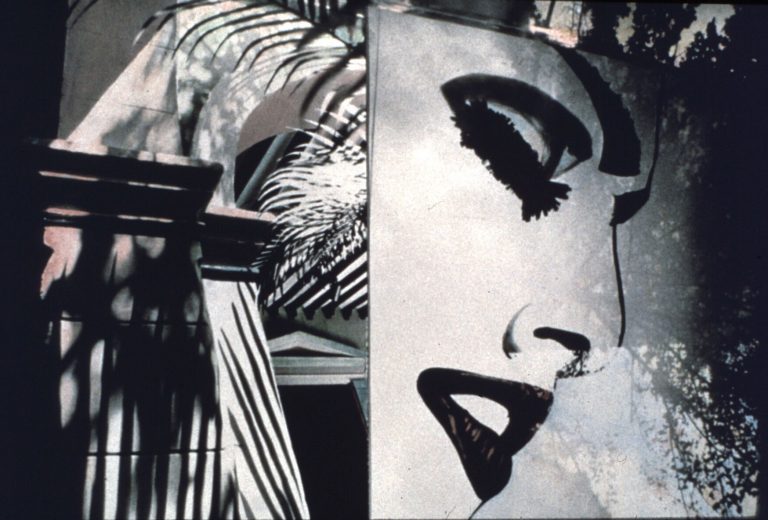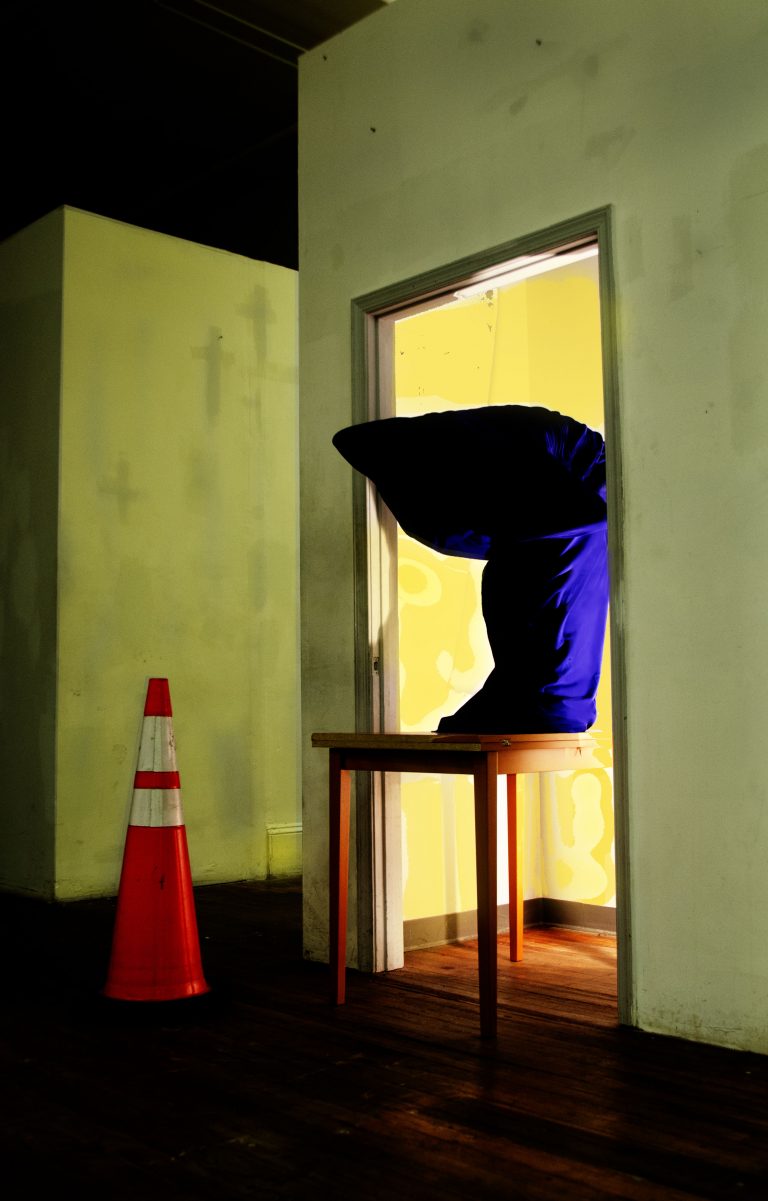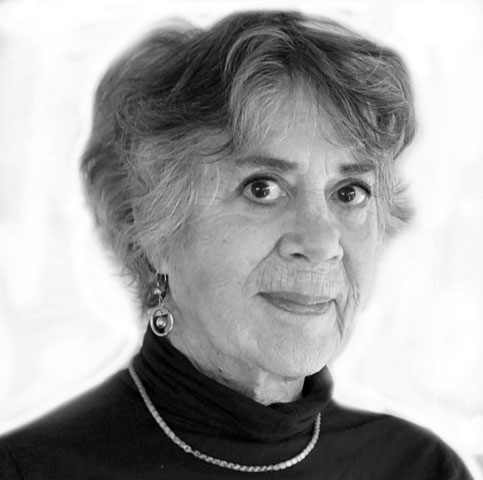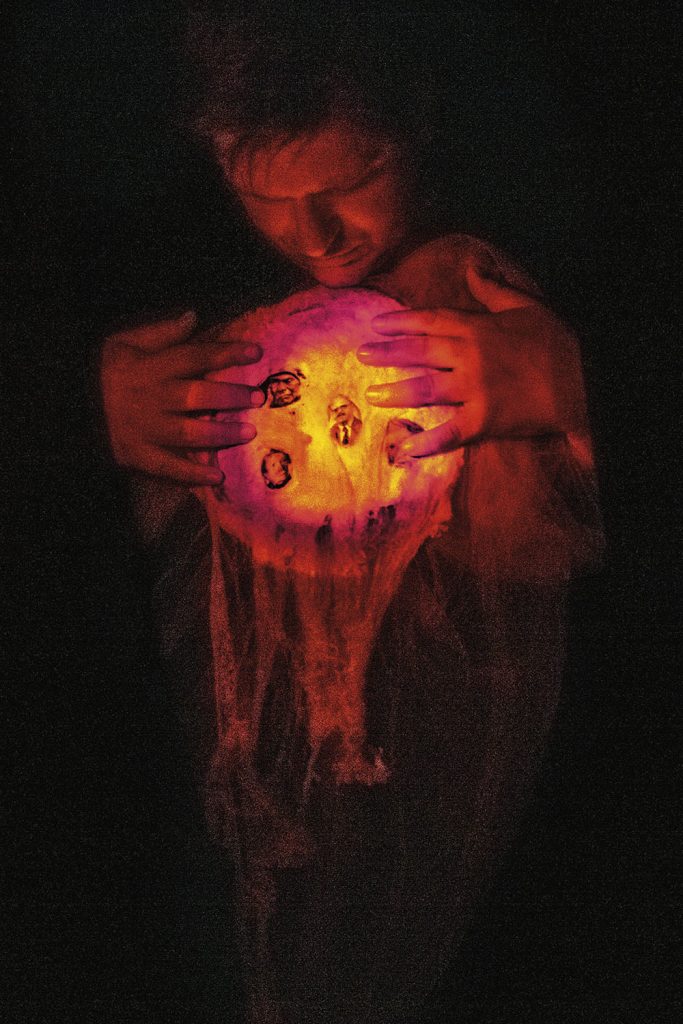Friday, October 24, 2025
9:30 am – 5:00 pm
AOK Library Gallery, UMBC
Long before institutions turned their attention to LGBTQ+ archives, Queer individuals preserved, shared, and celebrated their own personal and community histories. This symposium brings together artists, archivists, and historians—as well as those working across disciplines—to reflect upon the evolving role of archives in preserving and sharing the stories and histories of Queer artists. Participants will include artists whose practice engages personal or public archival collections and practitioners who are illuminating marginalized histories through their work with archives and archivists. We will also examine the ethical and political imperatives for those who use and who steward these collections and consider the absences that remain.
The Queer Artists + Archives Symposium is free and open to the public.
Registration is required. Please complete the registration form [closed] by October 20, 2025; requests after this date will be accommodated when possible.
Refreshments and lunch will be provided. Directions to campus and visitor parking lots are available at https://librarygallery.umbc.edu/plan-your-visit/
Symposium resources
Panel recordings:
- Session 1: Hunter O’Hanian, Ben Egerman, Kate Drabinski, & Aiden Faust (moderator)
- Session 2: James Smalls, Leslie Cozzi, Alexander D’Agostino, & Rahne Alexander (moderator)
- Keynote: SHAN Wallace
Collection list from UMBC Special Collections open house
Speakers
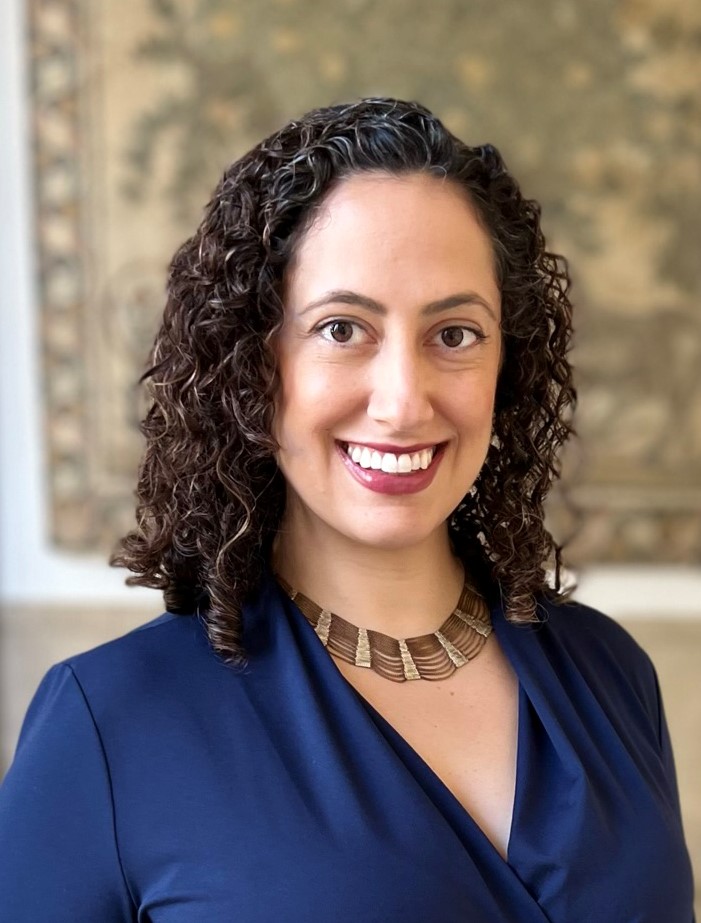
Leslie Cozzi
Darrel Ellis: From Archive to Exhibition
Dr. Leslie Cozzi, FAAR’18, is the Curator and Department Head of Prints, Drawings & Photographs at The Baltimore Museum of Art, where she is responsible for over 68,000 works on paper and has organized numerous exhibitions, including A Modern Influence: Henri Matisse, Etta Cone and Baltimore; Omar Ba: Political Animals; and Darrel Ellis: Regeneration. She was a 2017-2018 Rome Prize Winner at the American Academy in Rome. Dr. Cozzi previously worked at the Grunwald Center for the Graphic Arts at the Hammer Museum. She holds a PH.D. from the University of Virginia and a B.A. from Yale University.
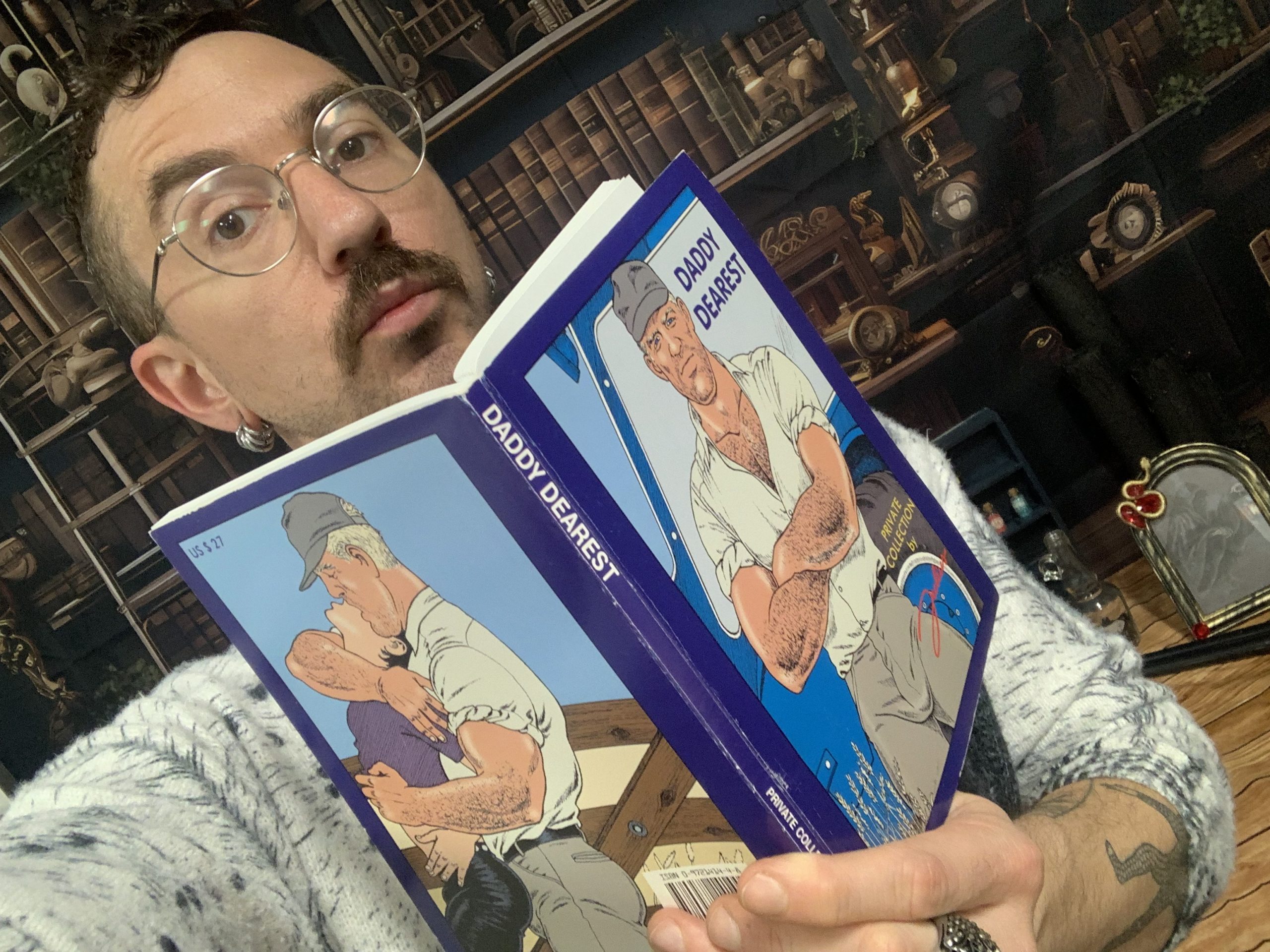
Alexander D’Agostino
Invoking and Embodying (queer) Archives through ritual, dance, and exhibition
Alexander D’Agostino is a Baltimore-based interdisciplinary artist investigating the queer and otherworldly through dance, ritual, teaching, and visual art. A 2009 graduate of the Maryland Institute College of Art, his work has been presented at Vox Populi (Philadelphia), the Walters Art Museum, Transformer DC, and the Museum of Contemporary Art Arlington (Solo Exhibition, 2022). His solo exhibitions include the Target Gallery (Alexandria, VA), the Bromo Artist Tower (Baltimore), VisArts (Rockville), and Hillyer Gallery (Washington, DC). D’Agostino is an Artistic Research Fellow at the Folger Shakespeare Library and a recipient of the 2025–2026 Ruby Artist Award in Baltimore.

Kate Drabinski
Doing Queer Histories in Public
Dr. Kate Drabinski is Teaching Professor in Gender, Women’s, + Sexuality Studies (GWST), Director of the Humanities Scholars Program, and Associate Director of the Women Involved in Learning and Leadership (WILL+) program. Her focus areas of teaching and research include queer theory, transgender studies, LGBTQ+ history, and public humanities pedagogies and practices. She organizes the UMBC LGBTQ+ Oral History Project, bringing students into conversation with queer people both on and off campus to record and preserve the histories of our communities. Her latest publication is Baltimore Revisited: Stories of Inequality and Resistance in a U.S. City, co-edited with UMBC’s own Dr. Nicole King and Dr. Joshua Davis.
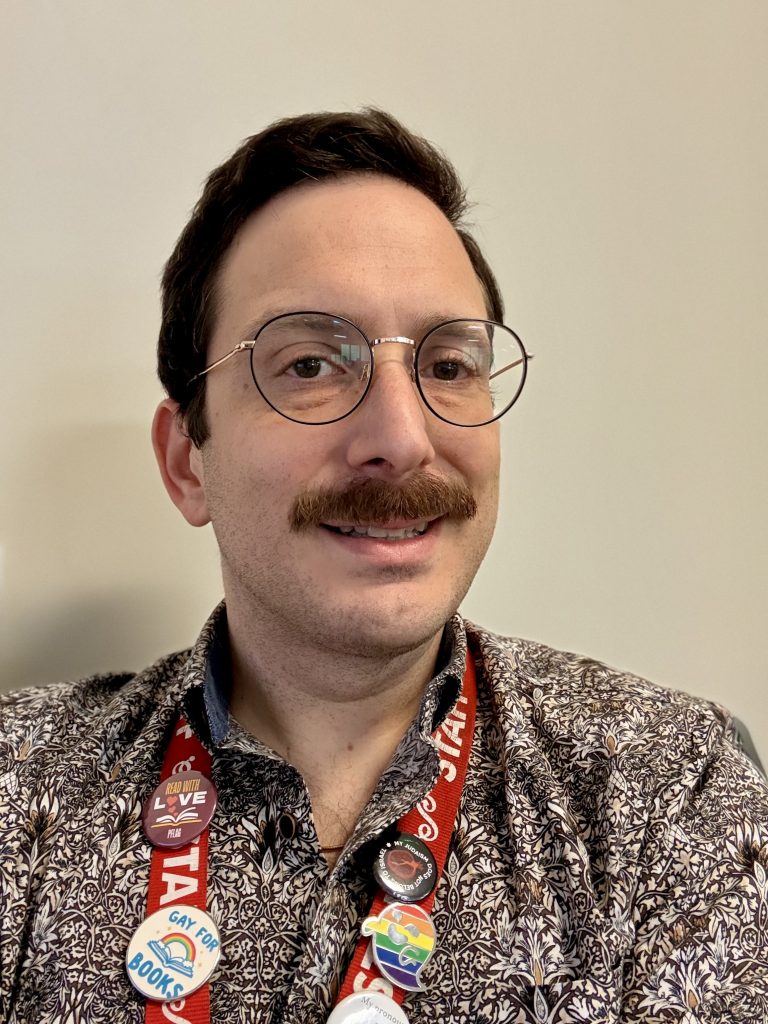
Ben Egerman
History at the Gay Bar: Using local history and the arts to build and empower LGBTQ+ communities
Ben Egerman is a public librarian and researcher in Baltimore. Since working on the Maryland LGBTQ+ Historic Context Study starting in 2018, he has worked to uncover our state’s LGBTQ+ history and educate audiences around Maryland through library programs, events, and zines. His work aims to use history to build community, promote advocacy and activist groups, and highlight artists, musicians, photographers, and drag queens who use or refer to this history in their work. He lives in Hampden with his husband and a cat who, like Ben, is extremely annoying but gets away with it because he’s so darn cute.
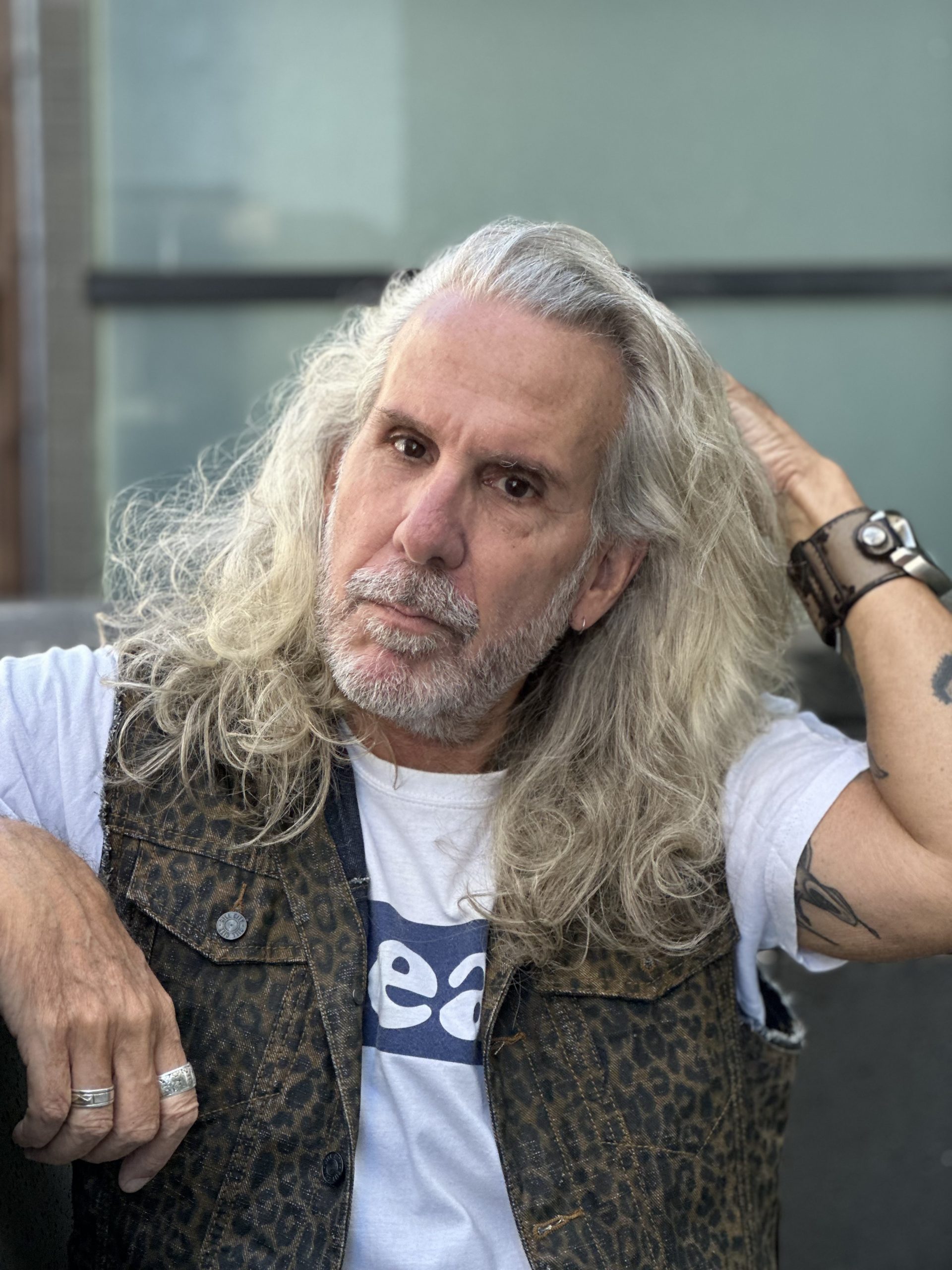
Hunter O’Hanian
Three Case Studies in Queer Archival Research
Hunter O’Hanian is the founding Director of the Leslie-Lohman Museum of Gay and Lesbian Art. Additionally, he was head of the Stonewall National Museum and Library and the College Art Association. In Spring 2025, Phaidon published Amos Badertscher: Images and Stories, which he co-edited with Beth Saunders and Jonathan D. Katz. He also organized an exhibition of Badertscher’s works, which is currently on view at the gay/queer space here in Baltimore, The Club Car. He has also recently curated an exhibition of works by Dan Kane at the South Dakota Art Museum, as well as two exhibitions on homoerotic inspirations from Renaissance paintings in contemporary queer art. A frequent consultant to the Tom of Finland Foundation, he is presently working on a new book project featuring American queer artist, Harry Bush (1926-1994).

James Smalls
Gossip, Hearsay, Innuendo: (Re)Creating an Archive (The Case of Féral Benga)
James Smalls is Professor of Visual Arts in the area of Art History and Museum Studies. He is Affiliate Professor of Africana Studies. His research and publications consider the intersections of race, gender, and queer sexualities in European art of the 19th century and in the art and visual culture of the Black Diaspora. He is the author of Homosexuality in Art (2003) and The Homoerotic Photography of Carl Van Vechten (2006). His current and future research and publication projects include Féral Benga: African Muse of Modernism; “As Gay As It Was Black:” Art, Queer Networks, and Interracial Sociability in the Harlem Renaissance, 1925-1939; “Baltimore’s ‘Outsider Within’: Race and Queerness in the Photography of Amos Badertscher;” “American Modernism’s Slippery Slope: Classicism, Primitivism, Ethnography in Sculpture;” and “Queer Harlem: Gay Sociability and Transatlantic Modernism.”
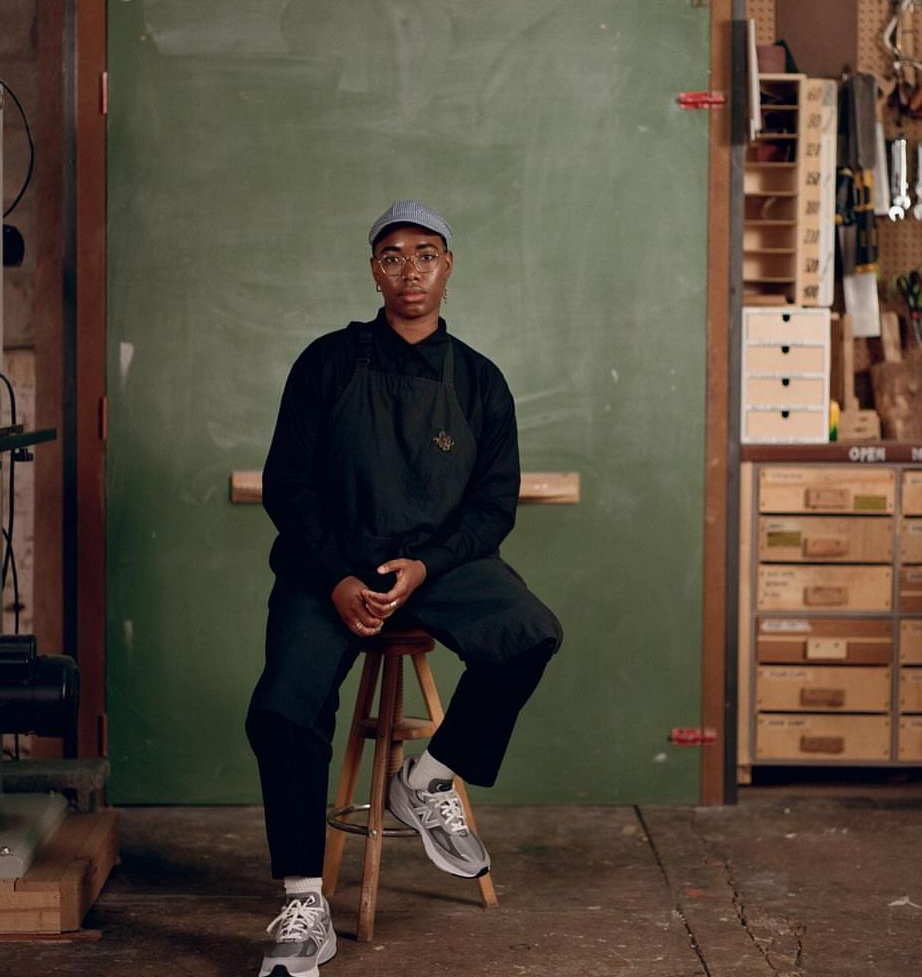
SHAN Wallace
Not lost forever, but waiting to be found
SHAN Wallace (b. 1991) is a nomadic award-winning interdisciplinary artist, archivist, and image-maker, from Baltimore, MD. Wallace utilizes a range of mediums to weave narratives and imagine new stories. Rooted in image-making techniques such as photography, film, and collage, as well as in situ installations, these mediums serve as the foundation of her artistic practice.
She has exhibited work internationally in galleries and museums, including The Baltimore Museum of Art, The Annenberg Space for Photography in Los Angeles, CA, The National Museum of Women in the Arts in Washington D.C., The Museum of Contemporary African Diaspora Arts in New York, Virginia Museum of Contemporary Art, The Peale Center in Baltimore, MD, and NXTHVN in New Haven, CT. Her work is held in both public and private collections across the U.S., including The Baltimore Museum of Art, The Mint Museum, The Whitney Museum, and Johns Hopkins University, as well as various private collections.
SHAN lives and works in many spaces between Brooklyn, New York and Baltimore, MD.
Honoring Amos Badertscher
This convening honors the legacy of Amos Badertscher, a Baltimore photographer who from the 1960s until 2005 documented hustlers, club kids, go-go dancers, drag queens, drug addicts, friends, and lovers who were part of LGBTQ+ life in Baltimore. Amos compiled a personal archive of thousands of images that preserve one man’s vision of Queer life in his city during a pivotal historical moment. This symposium celebrates the publication of the first major monograph on the artist, and expands upon themes and ideas resonant with his body of work.
Learn more about Amos Badertscher: Images and Stories.
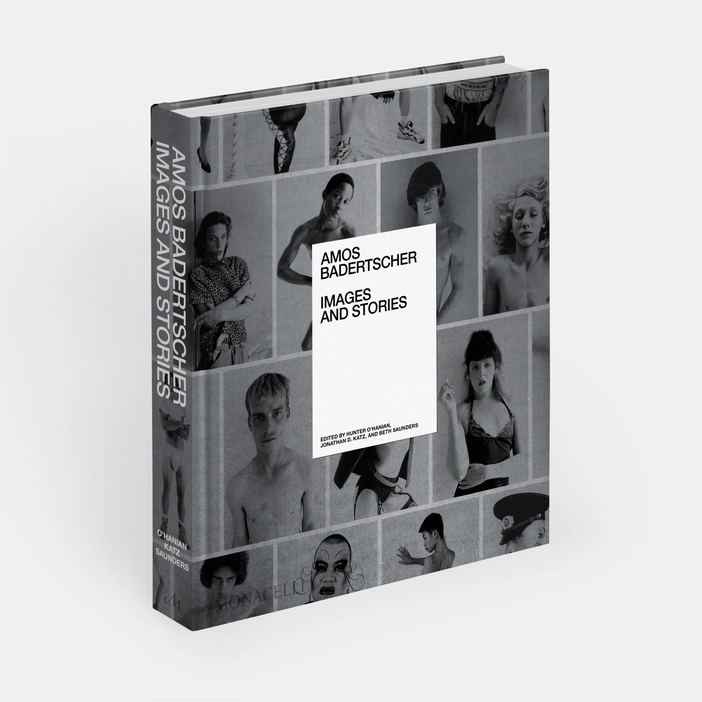
Cover image collage: (clockwise from top left) Baltimore Sun negatives; Jose Villarrubia, Adam. Photograph © 1991 José Villarrubia, Model: Cesar Tirado; Women: a Journal of Liberation vol 5 no. 2 (1977); rainbow colored book spines; Photographer unknown, Four women in tuxedos, ca. 1930s; BLK magazine; Documents of Struggle; No Straight Lines; Amos Badertscher, A 70’s Fairy Tale, 1979. Courtesy of the Artist. © Amos Badertscher; Kipp Dawson, Gay Liberation: A Socialist Perspective
The presentation of this public program is supported by the Arts+ initiative, CAHSS.
